
.jpg)
28-05-24
What is Commercial Real Estate Accounting?
Commercial real estate (CRE) accounting involves managing the financial aspects of property leases, operations, and investments. It ensures compliance with accounting standards while providing clarity on financial health. Leases in CRE can be complex, requiring a keen understanding of accounting principles and detailed attention to terms and obligations. In this article, we explore essential tips and strategies to navigate the challenges of commercial real estate accounting effectively.
Before diving into accounting strategies, it’s crucial to understand the fundamental terms commonly found in commercial real estate leases:
CRE accounting is governed by specific standards, such as:
Both standards aim to improve financial reporting by enhancing comparability and ensuring lease obligations are clearly disclosed.
1. Accurate Lease Classification
Leases must be classified as operating or finance leases under ASC 842 and IFRS 16. Misclassification can result in errors in financial statements and non-compliance. Ensure proper evaluation of lease terms to determine the correct classification.
2. Create Detailed Lease Abstracts
A lease abstract summarizes key terms, such as base rent, escalation clauses, and renewal options. Maintaining detailed abstracts helps streamline accounting processes and reduces the risk of overlooking critical details.
3. Record Right-of-Use Assets and Lease Liabilities
Lessees must calculate the present value of lease payments to determine right-of-use assets and lease liabilities. Regular reviews ensure compliance and accurate financial reporting.
4. Account for Lease Modifications
Lease agreements often undergo changes, such as extensions or renegotiations. These require remeasurement of lease liabilities and adjustments to right-of-use assets. Properly documenting and accounting for modifications is essential for maintaining accuracy.
5. Manage Operating Expenses and CAM Charges
Operating expenses, including Common Area Maintenance (CAM) charges, should be reconciled annually to ensure accurate billing for tenants and recovery for landlords. Robust tracking and reconciliation procedures can prevent disputes.
6. Spread Rent Expenses Linearly
For operating leases, rent expenses should be recognized on a straight-line basis over the lease term, even if payment schedules vary. This provides a more accurate reflection of financial obligations.
Lease Management Software
Implementing robust lease management tools simplifies calculations, automates reporting, and provides real-time updates. These systems are invaluable for managing lease portfolios efficiently and maintaining compliance.
Collaboration Across Teams
Effective lease accounting requires input from legal, real estate, and accounting teams. Collaboration ensures all lease terms are accurately captured and understood, reducing the likelihood of errors.
At 360 Accounting Pro Inc., we specialize in commercial real estate accounting and offer tailored solutions to manage complex lease agreements effectively. Our services include:
Why Work With Us?
Commercial real estate accounting is complex but essential for accurate financial management. From lease classification to operating expense reconciliation, every detail matters in ensuring compliance and optimizing financial performance. By implementing best practices, leveraging technology, and collaborating across teams, you can streamline your CRE accounting processes.
Partner with 360 Accounting Pro Inc. today for expert guidance and solutions tailored to your business. Let us help you navigate the complexities of CRE leases with confidence and precision.
Contact us at www.360accountingpro.com to learn more!
Tags : Bookkeeping for E-commerce, Bookkeeping for real state ,Bookkkeping for law firms,payroll services for E-commerce ,payroll services for real state ,payroll services for law firms,Sales Tax for E-commerce,Sales Tax for real state, Sales Tax for law firms

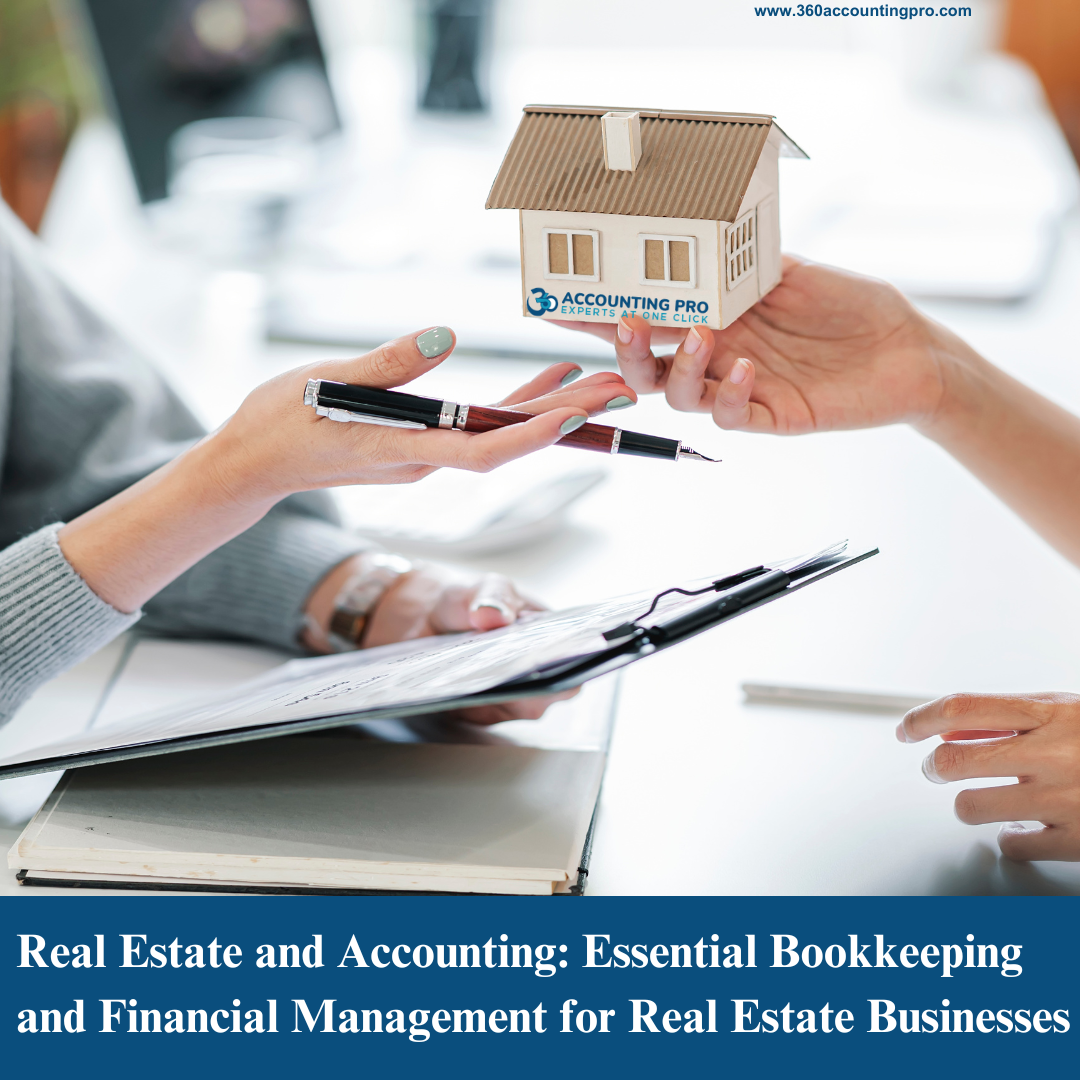
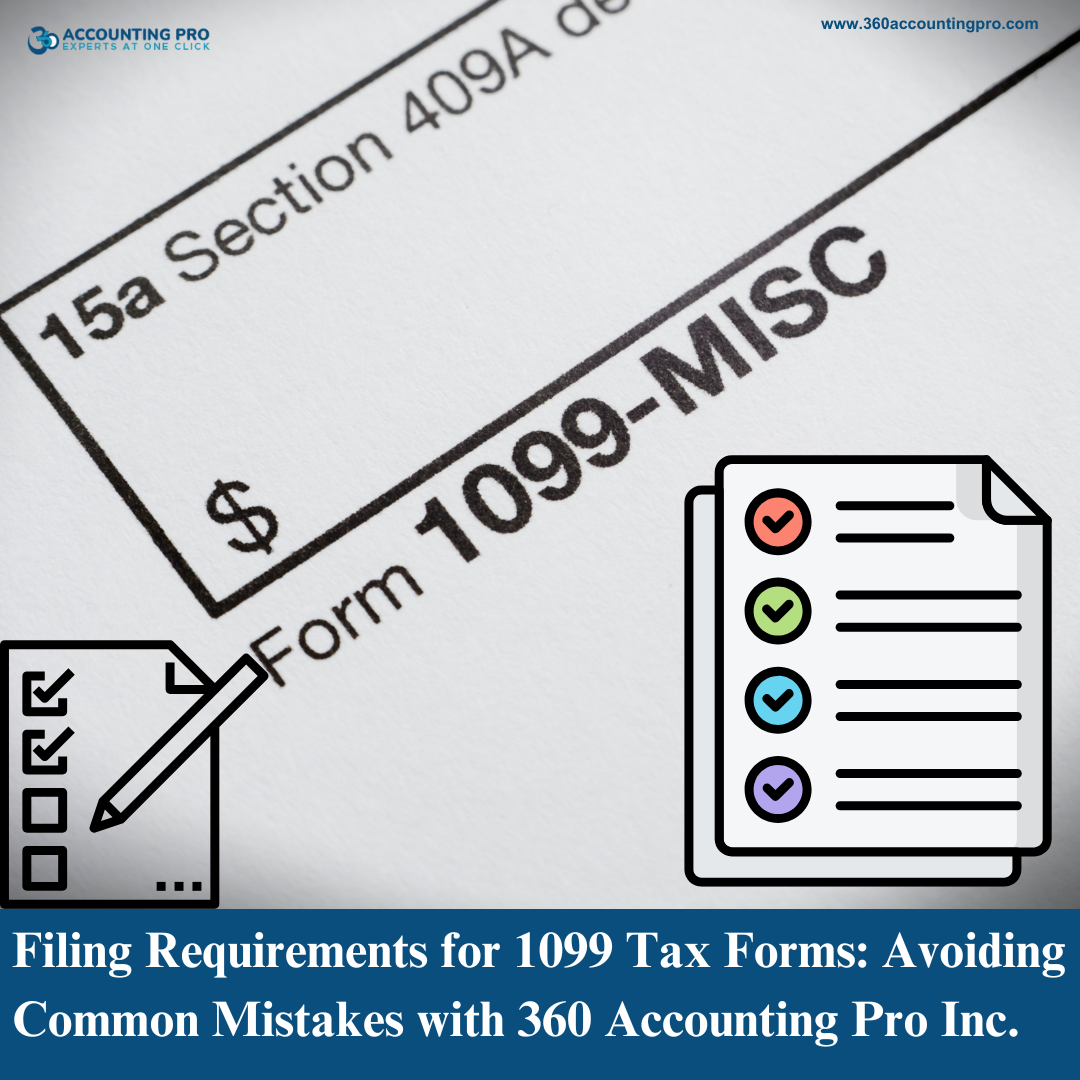
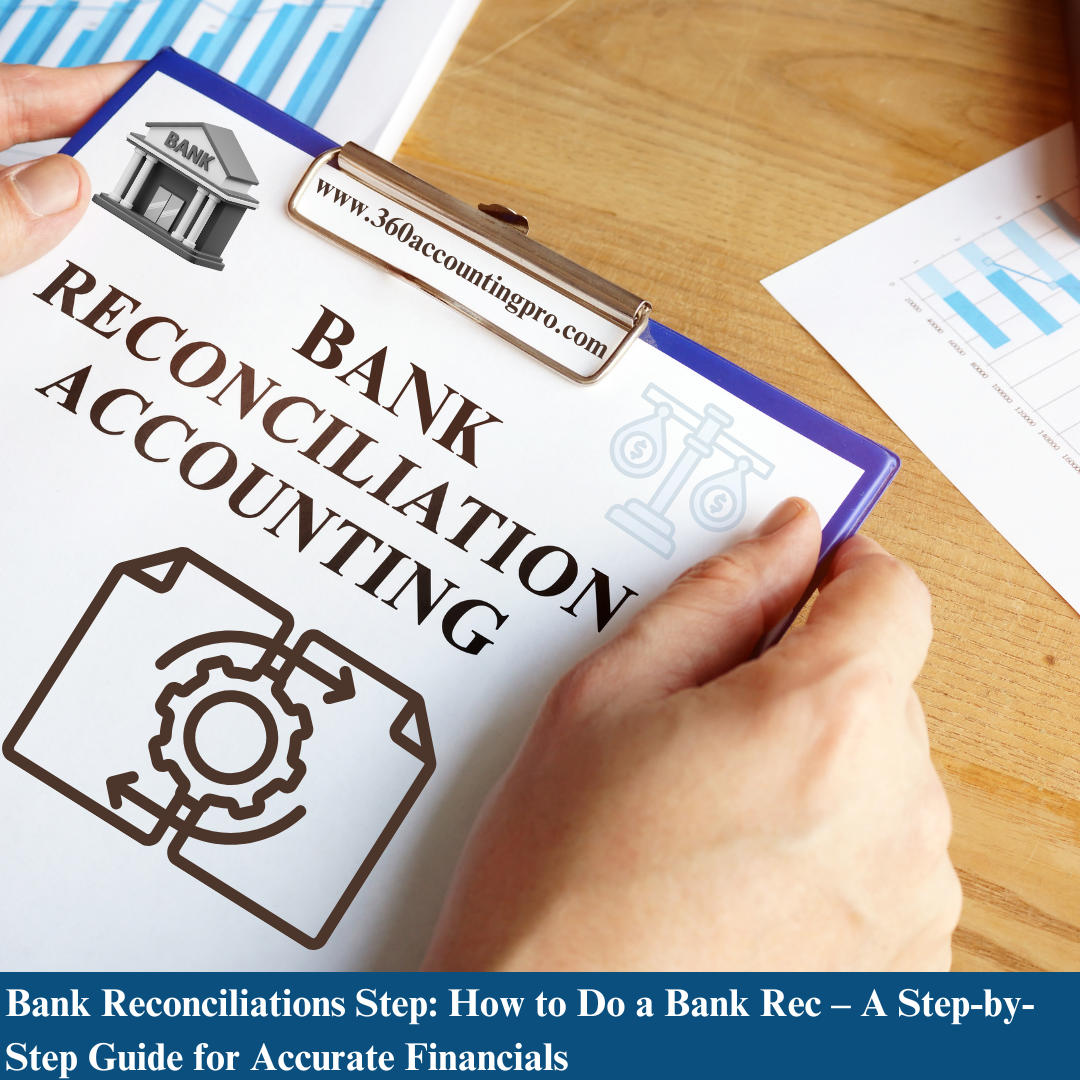

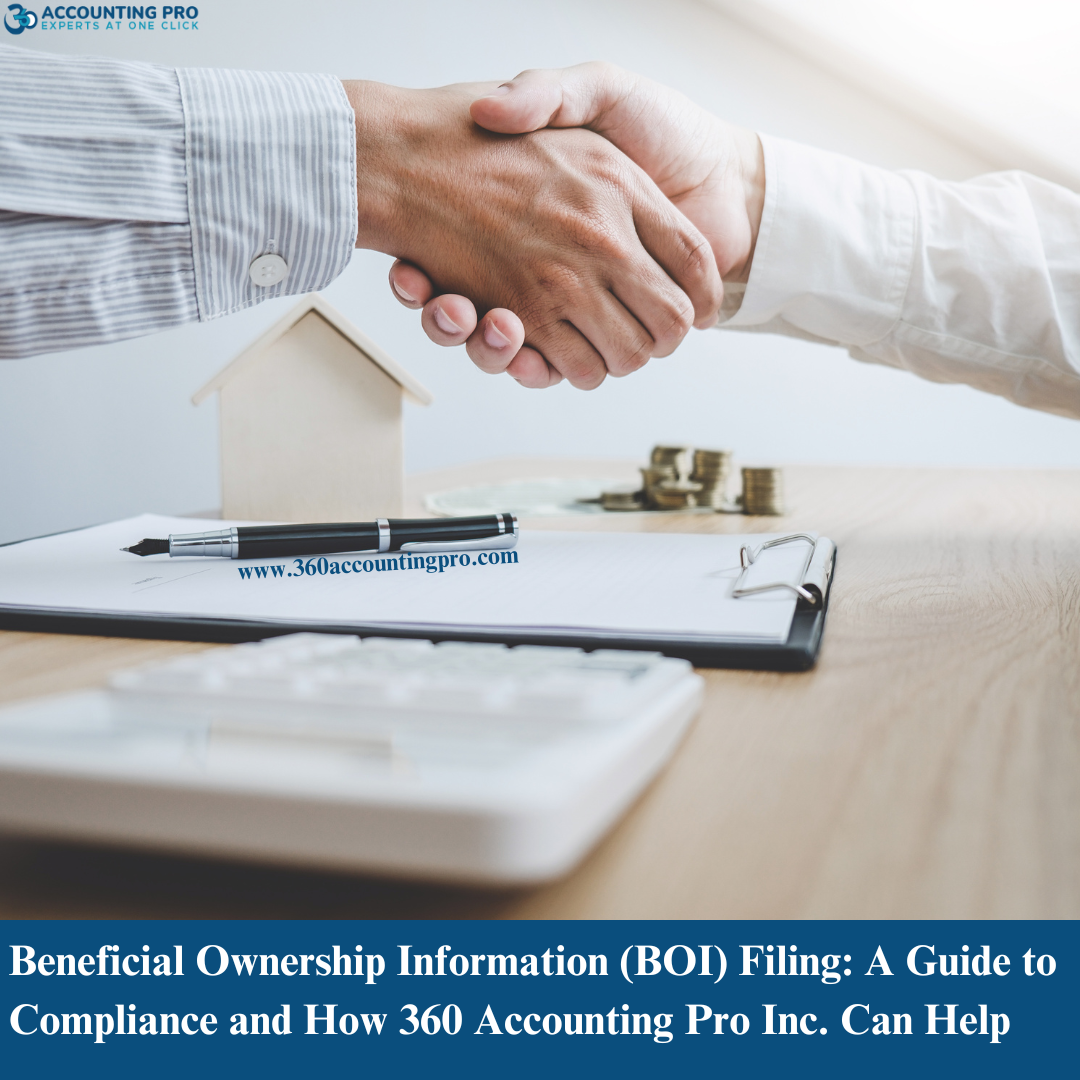
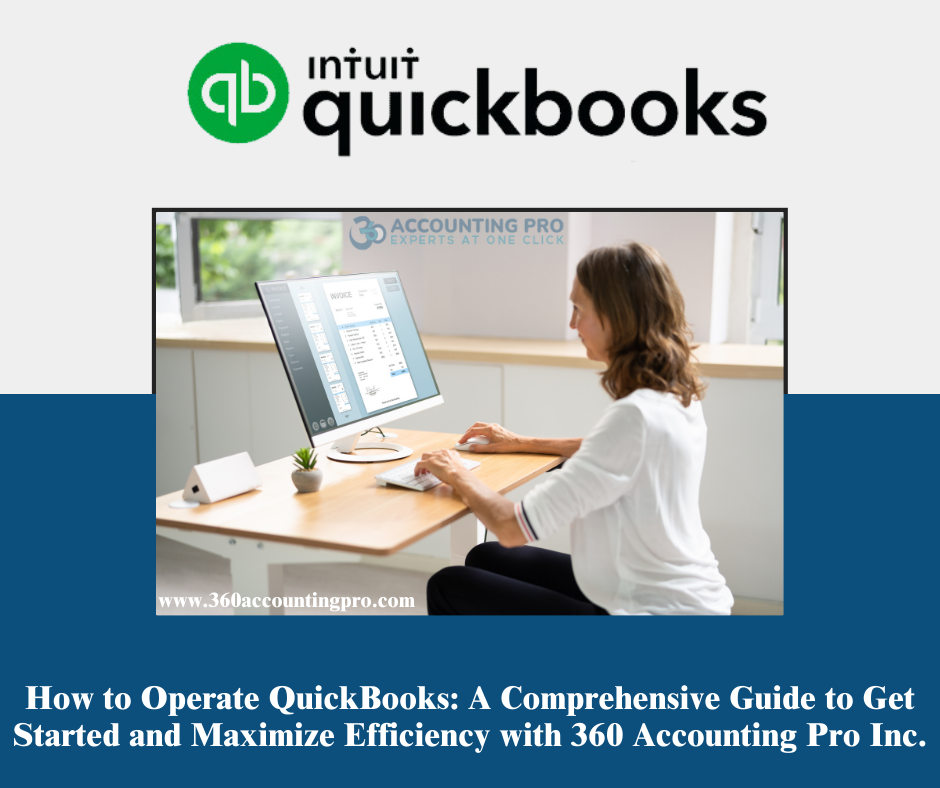

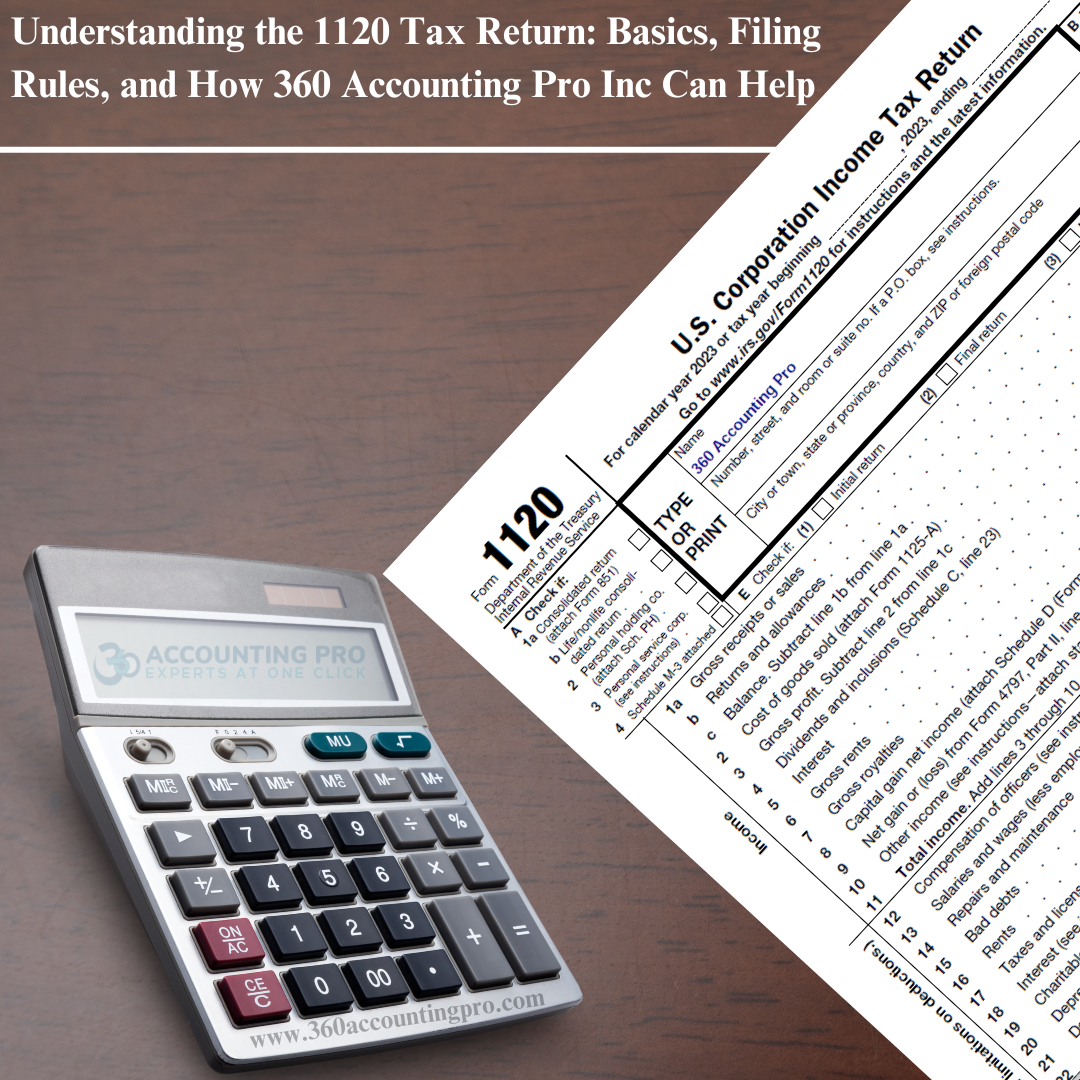
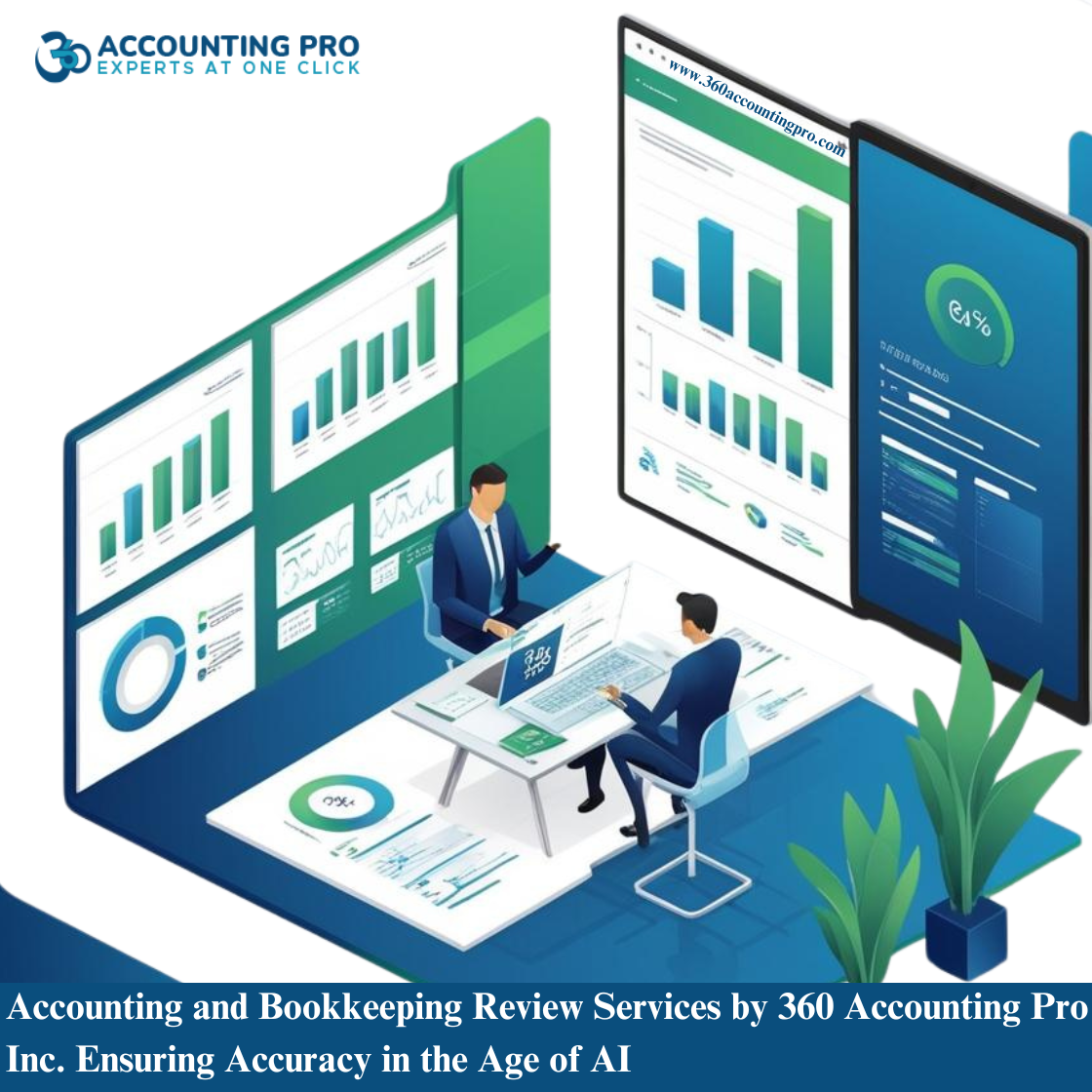
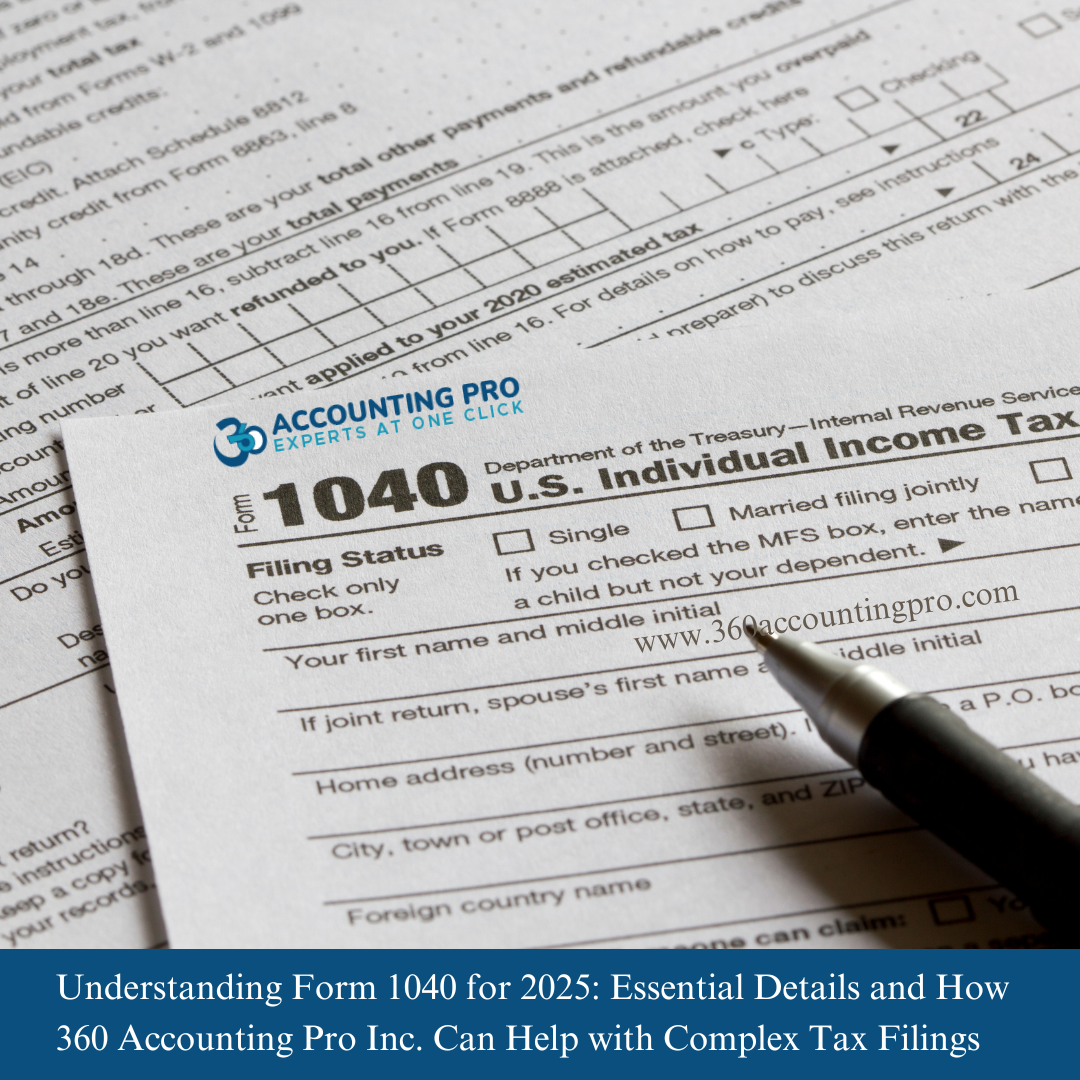
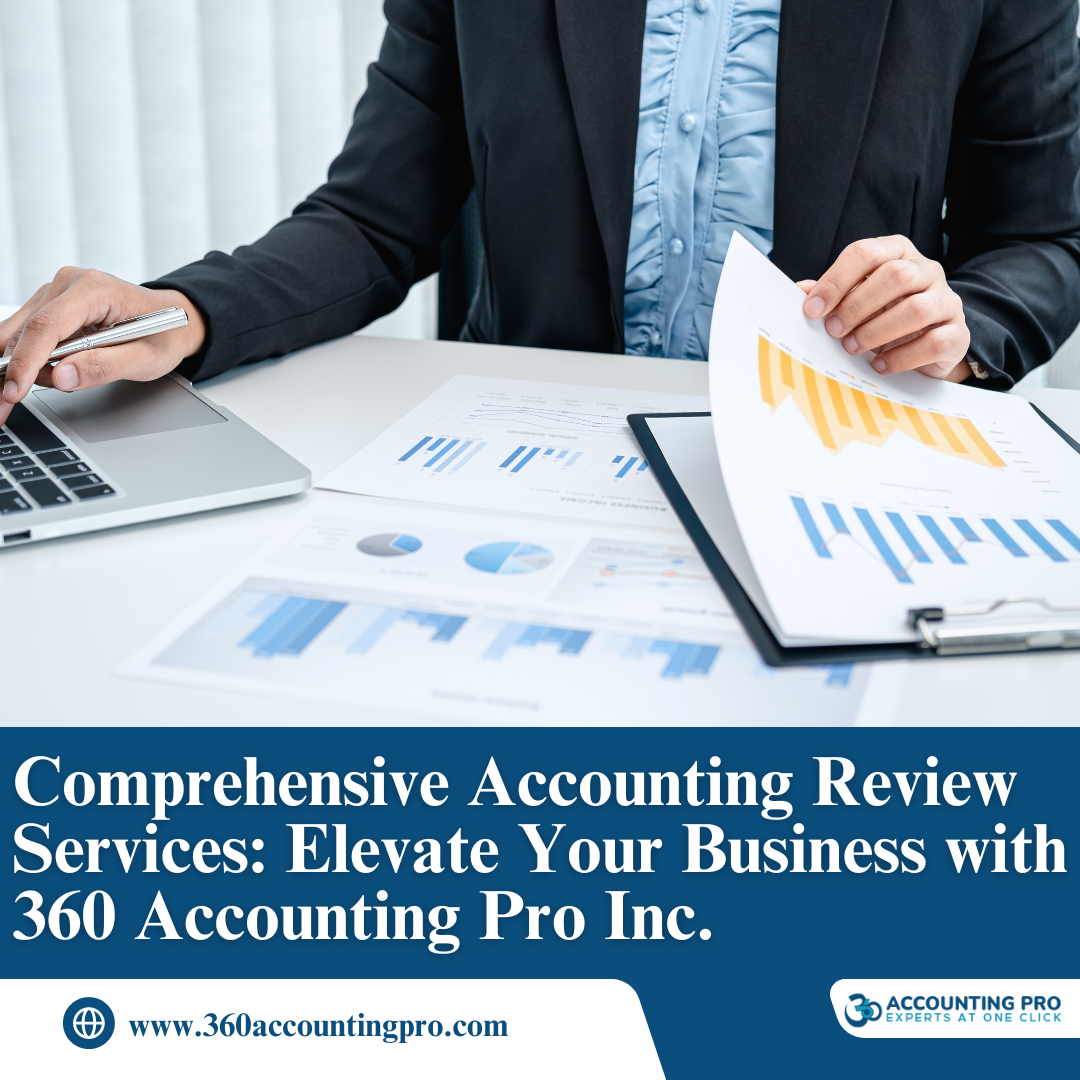
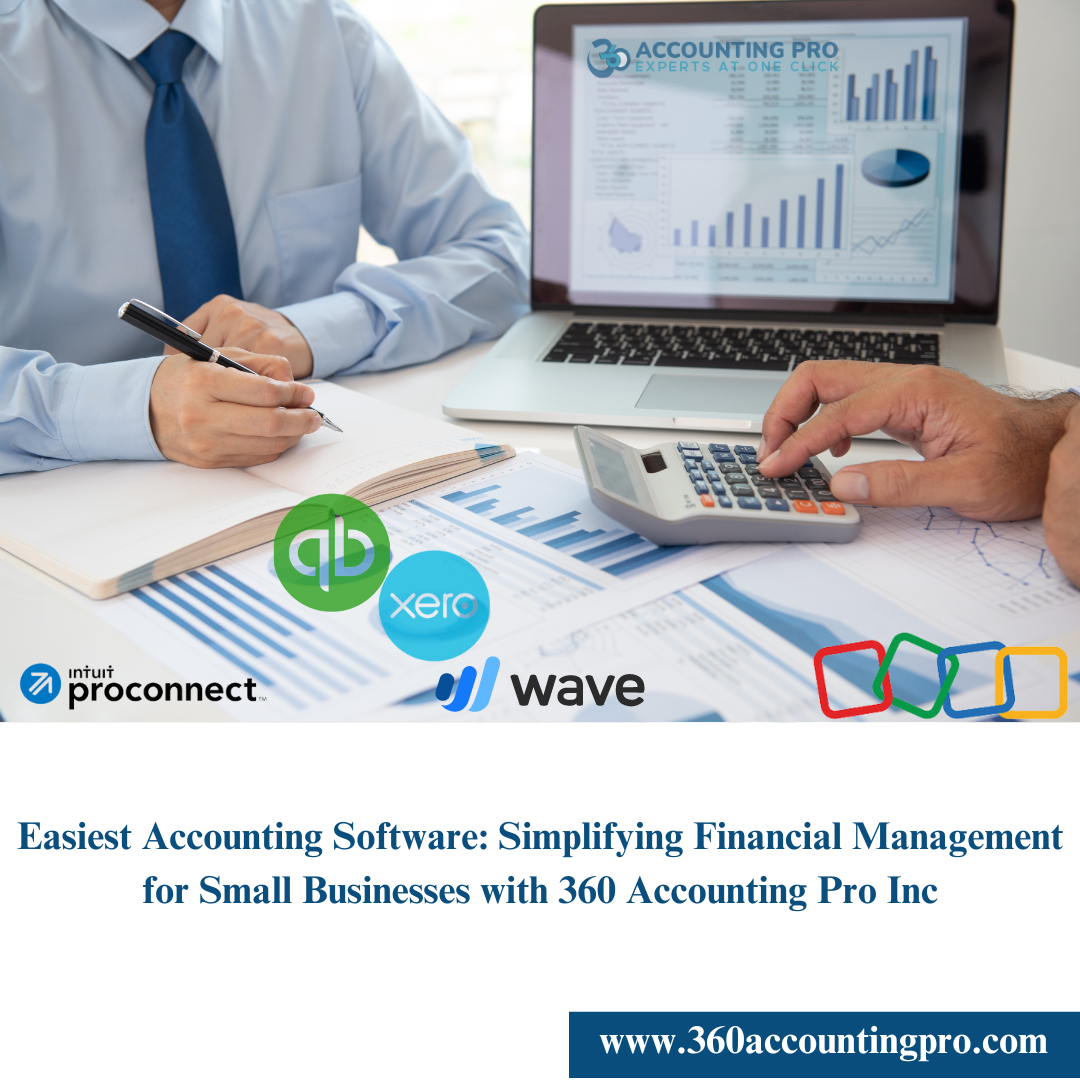
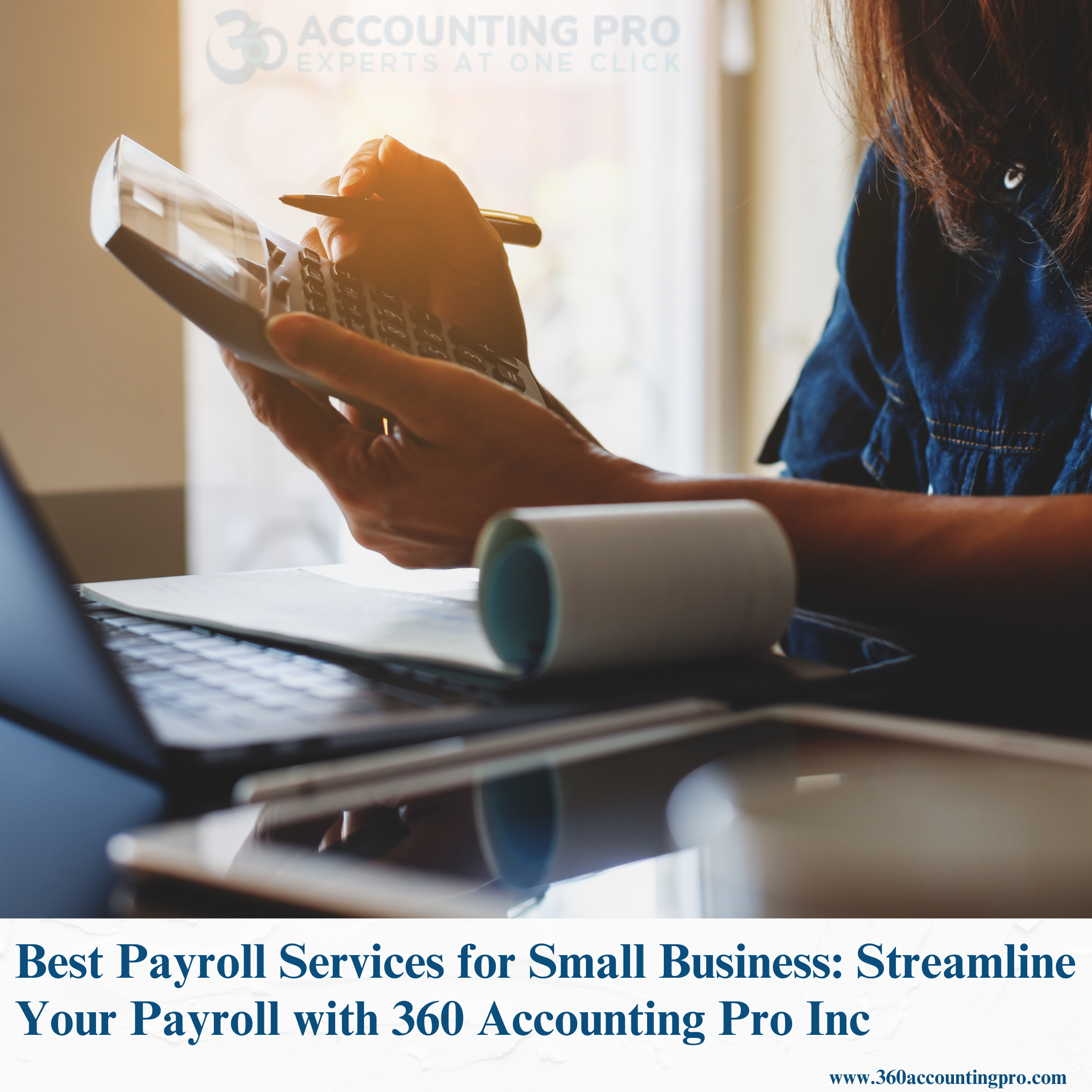
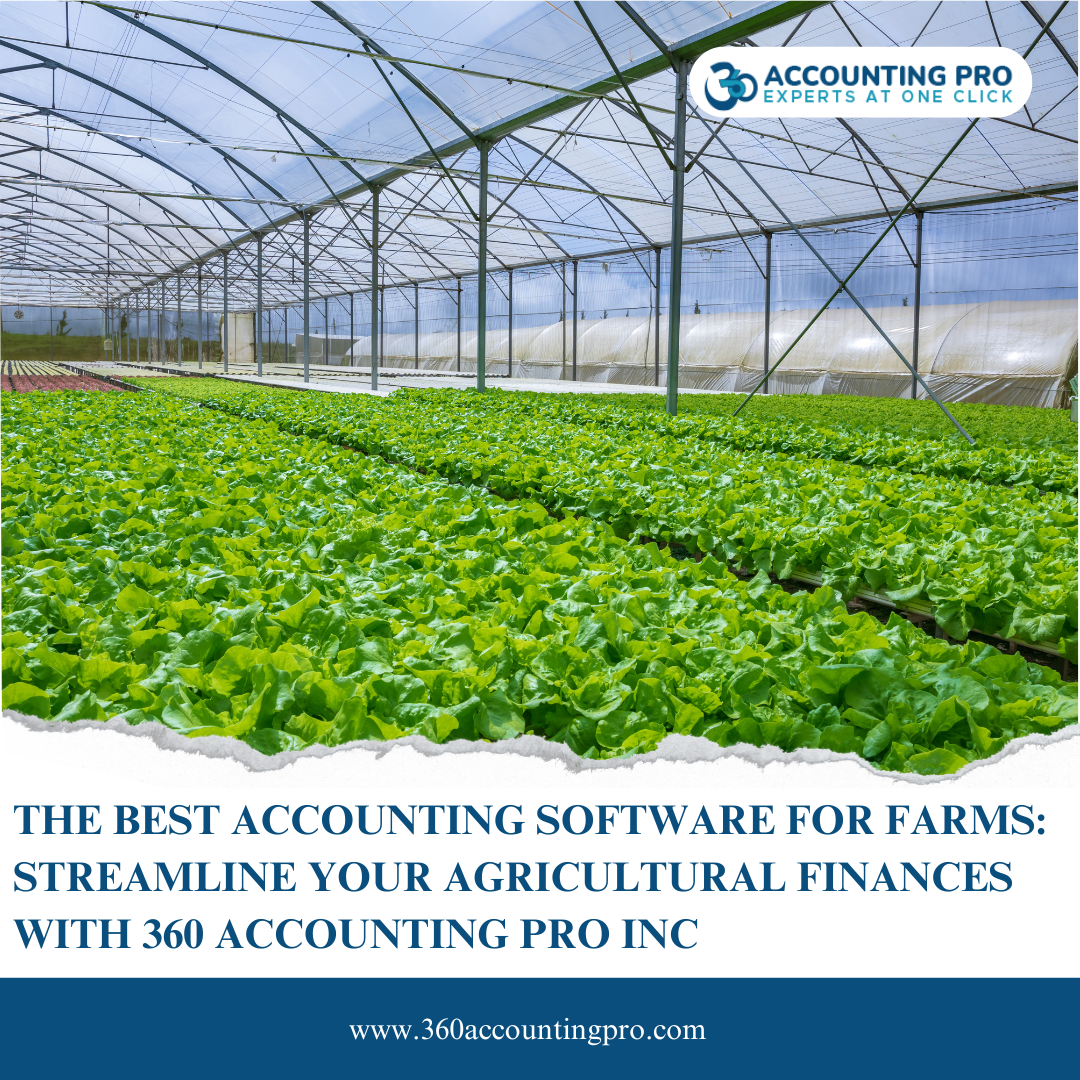
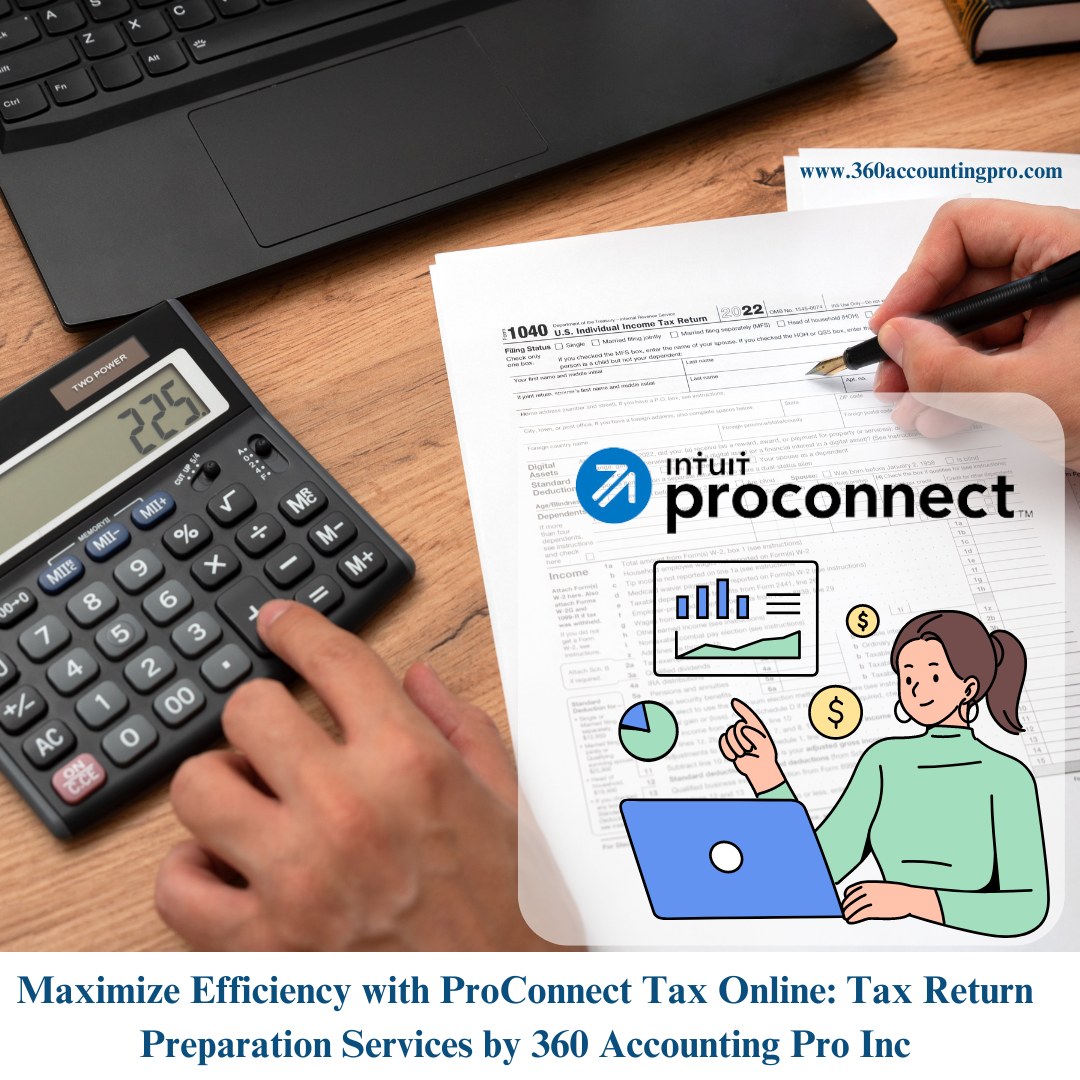

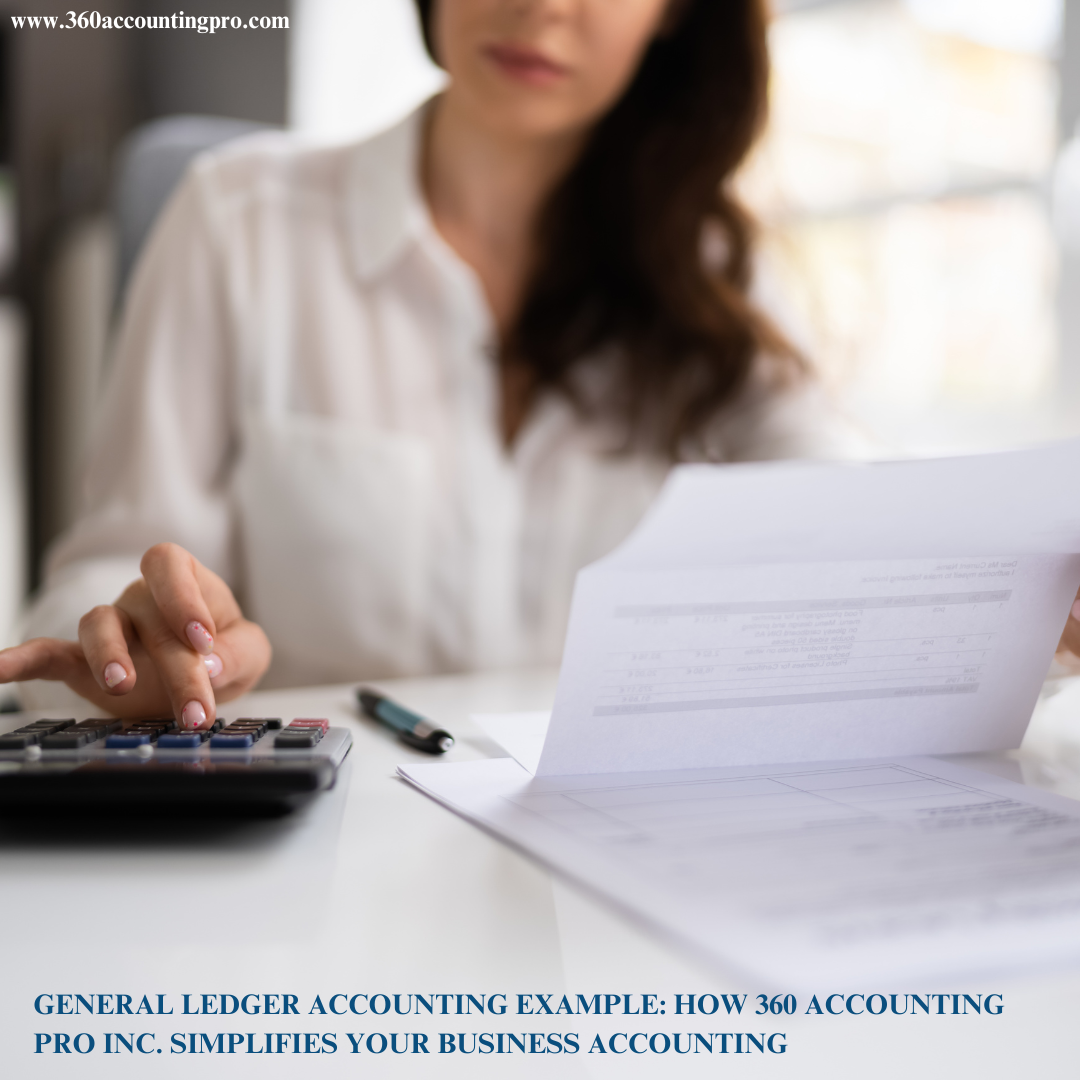


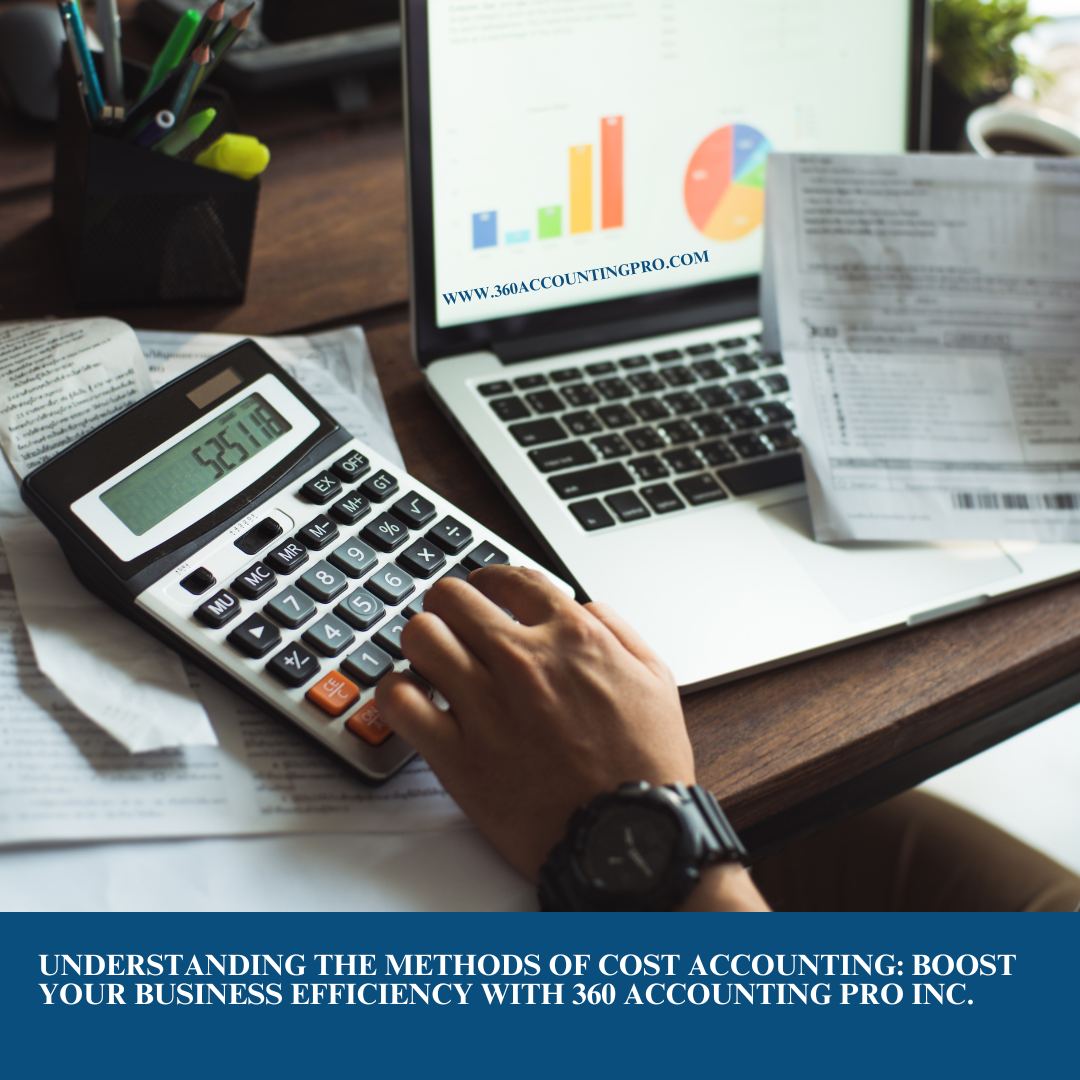
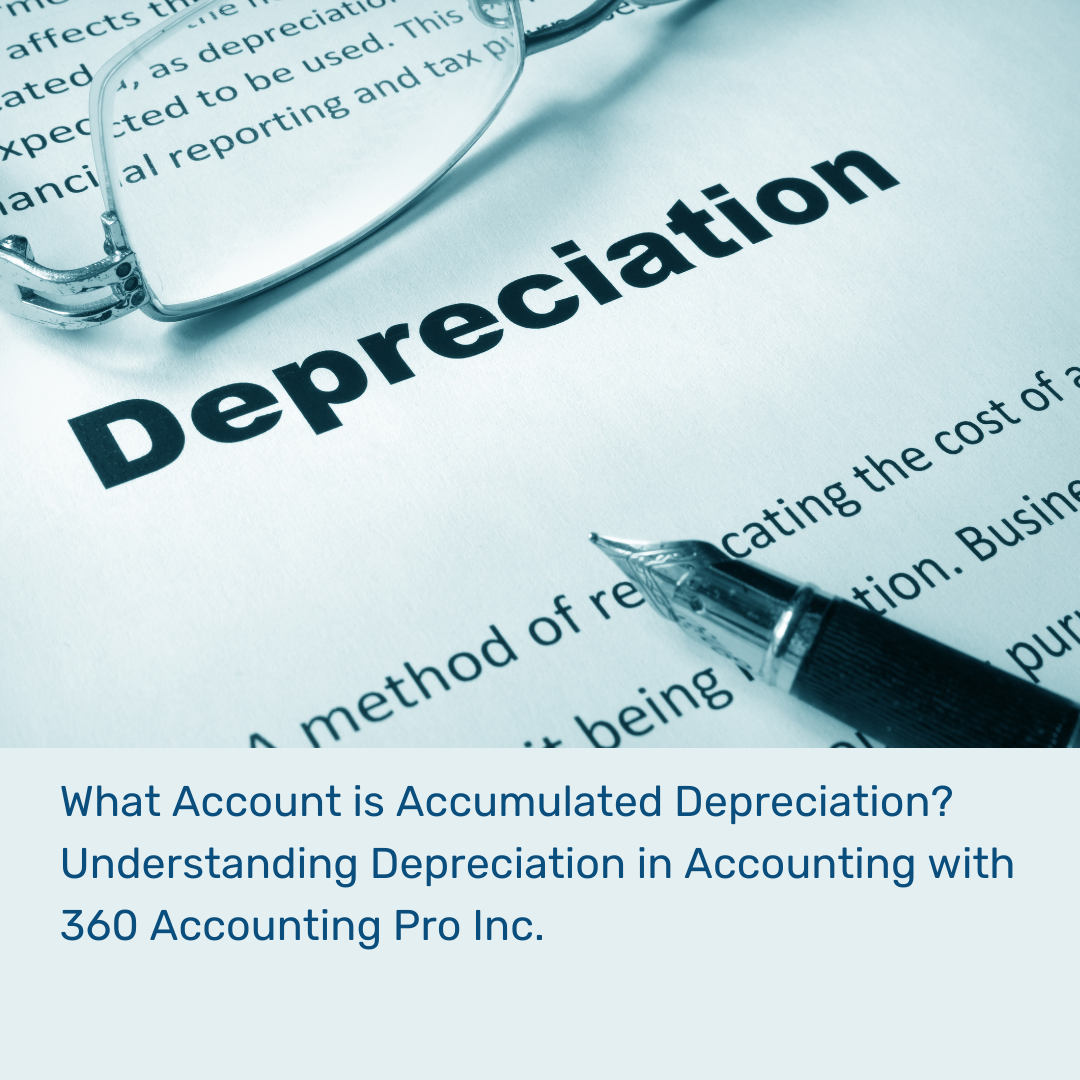
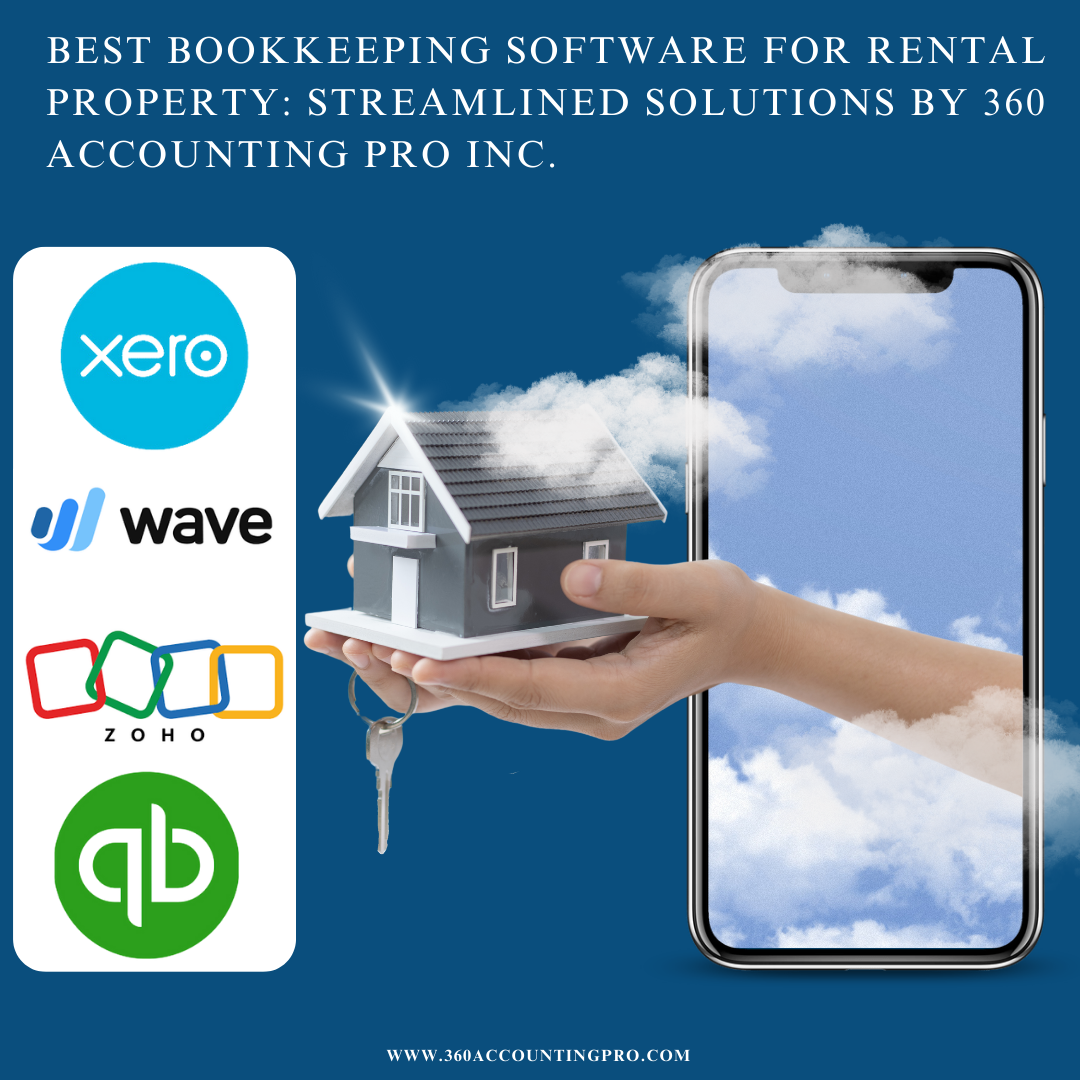
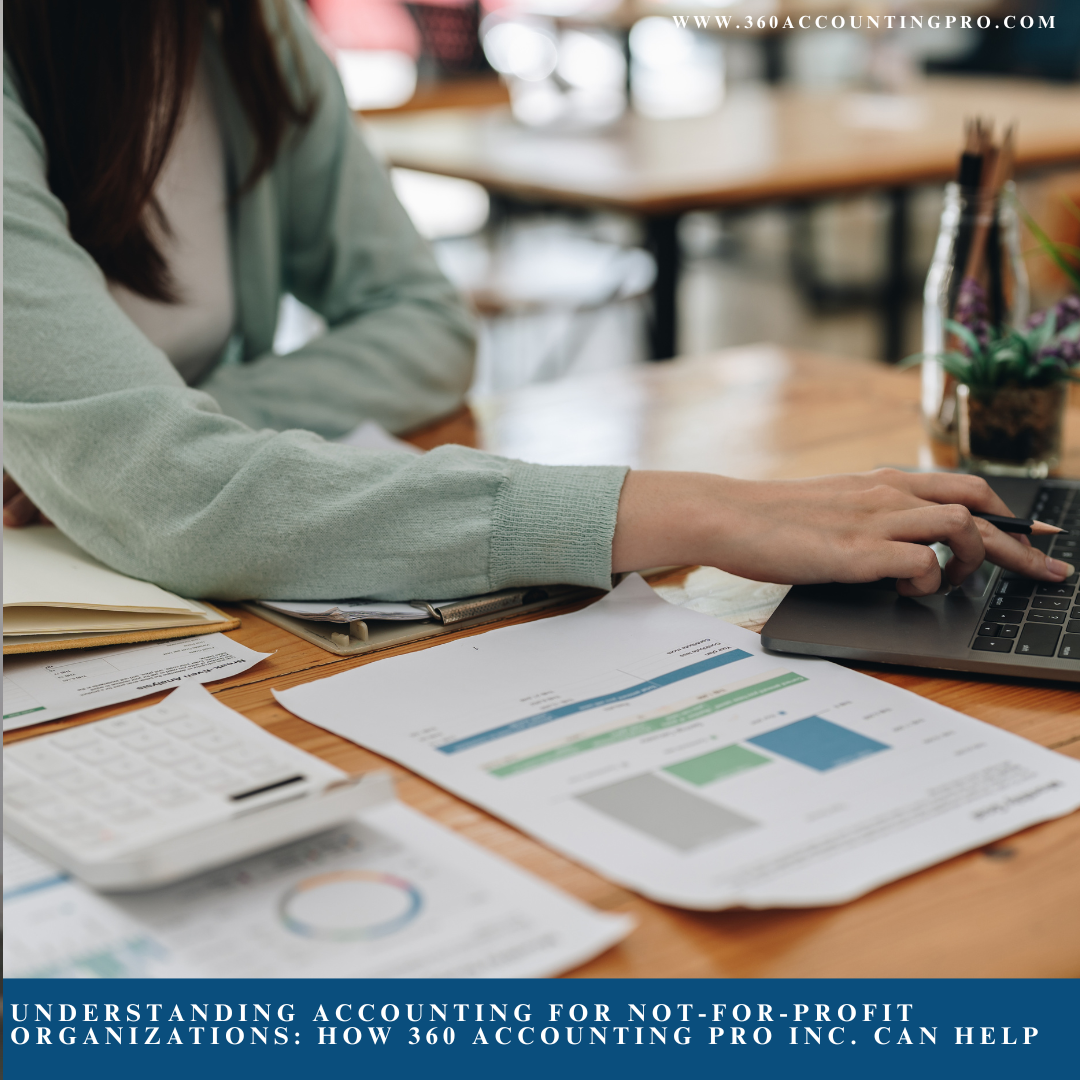

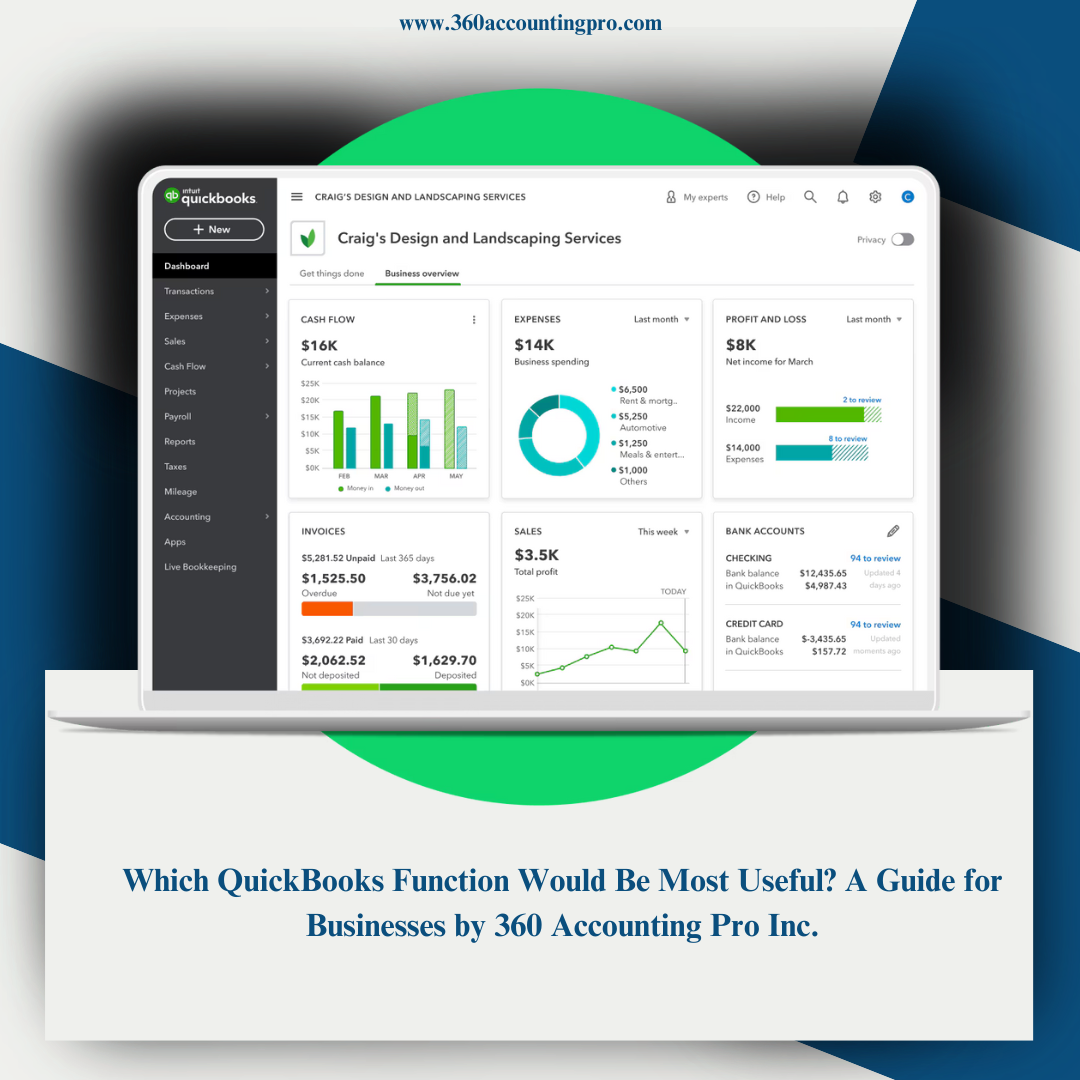
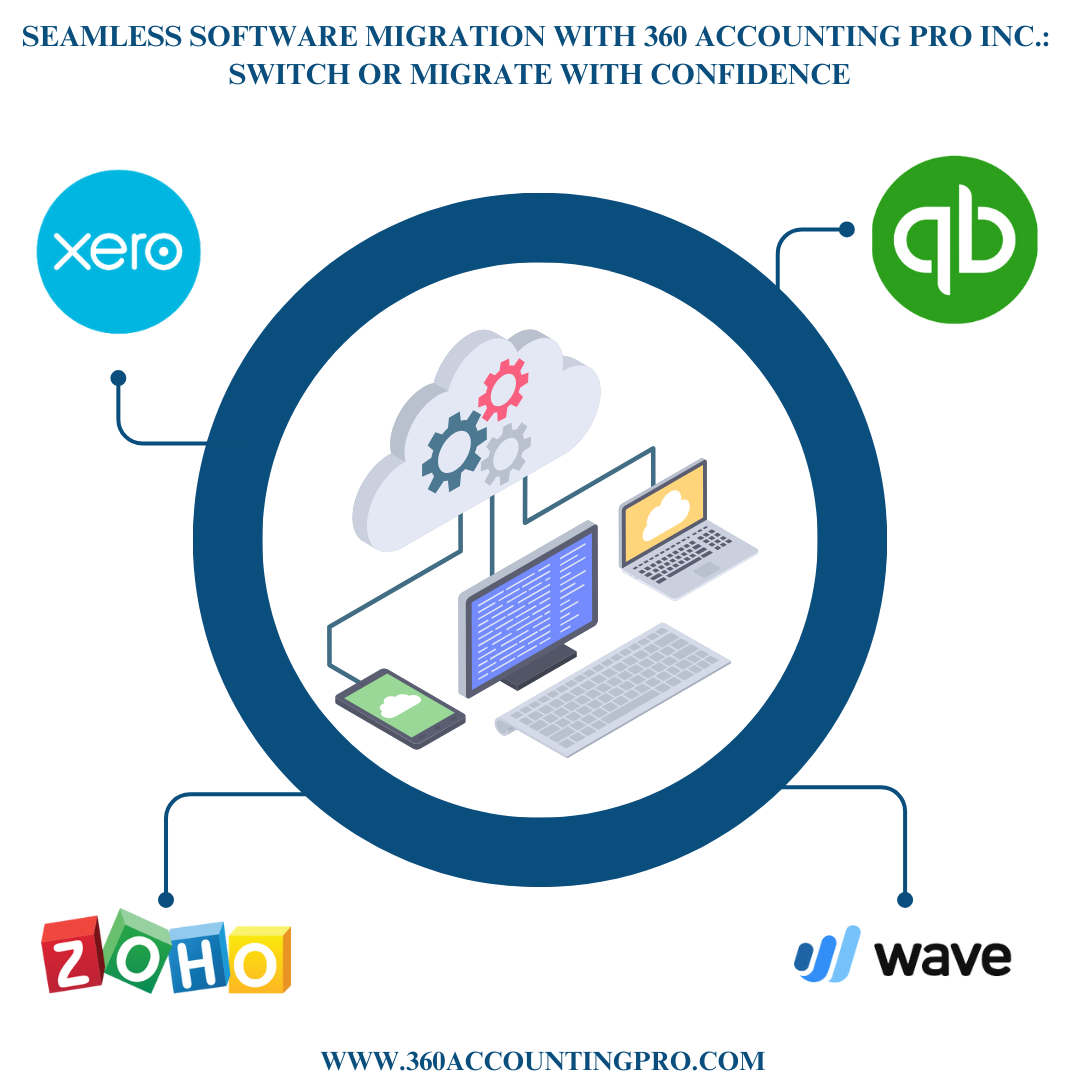
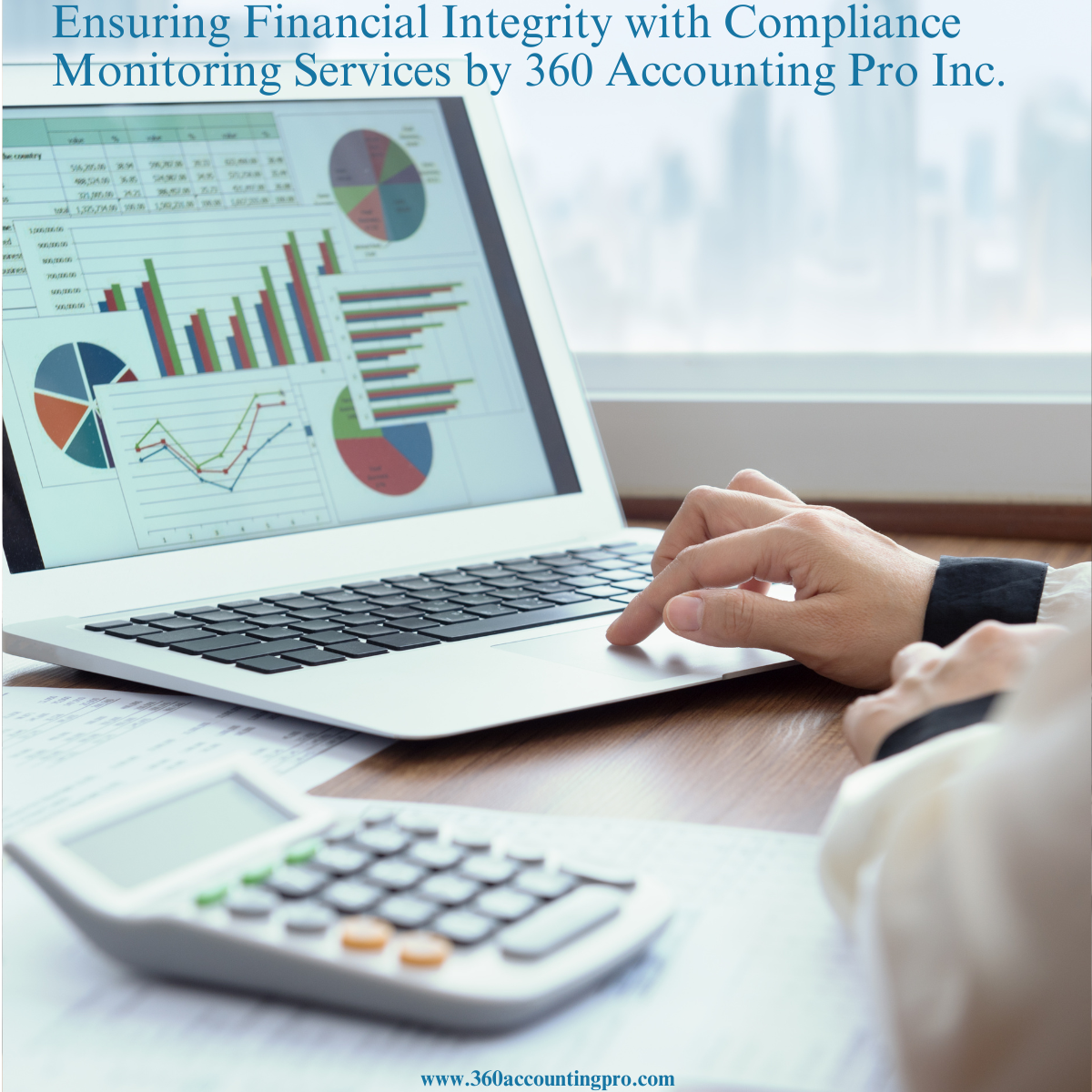





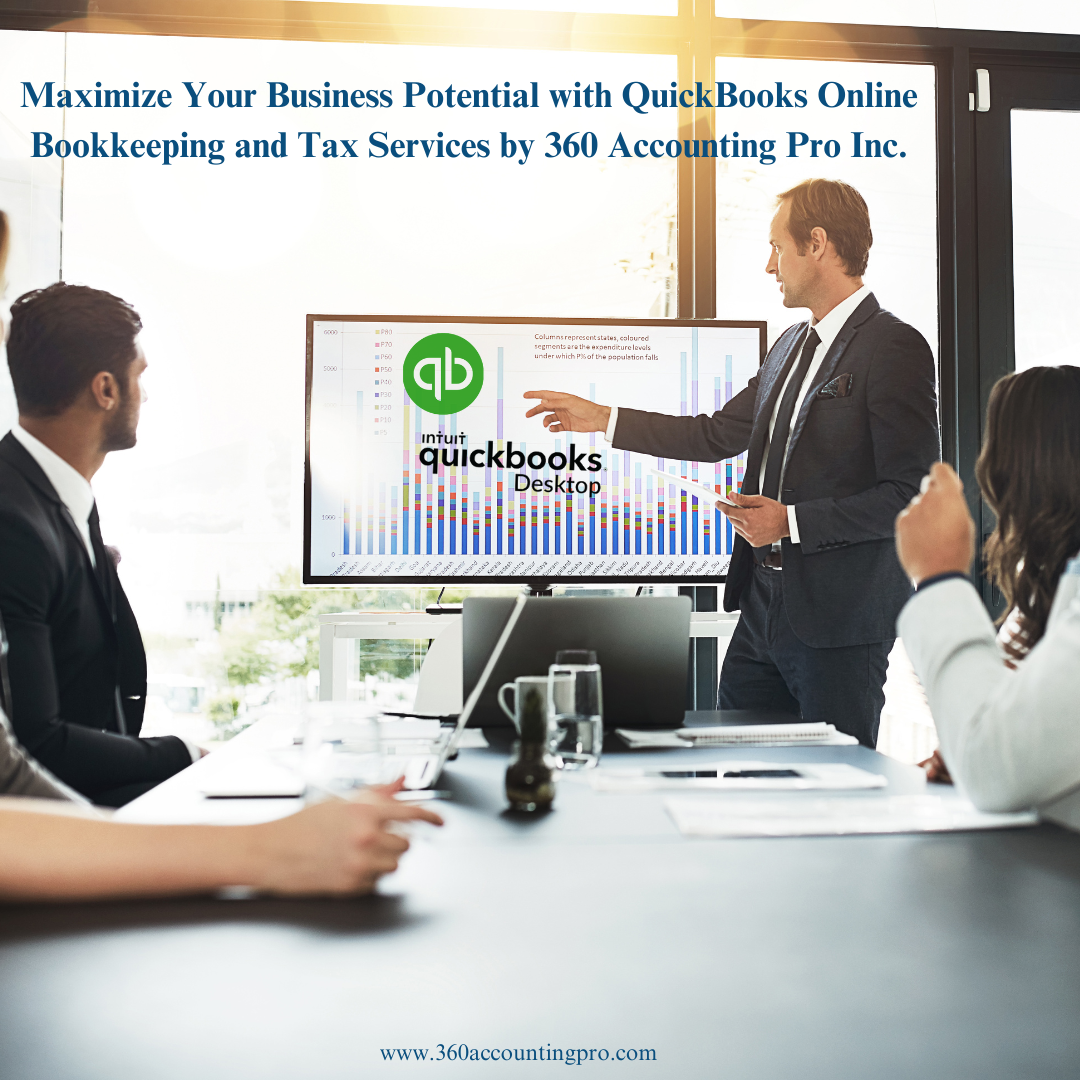
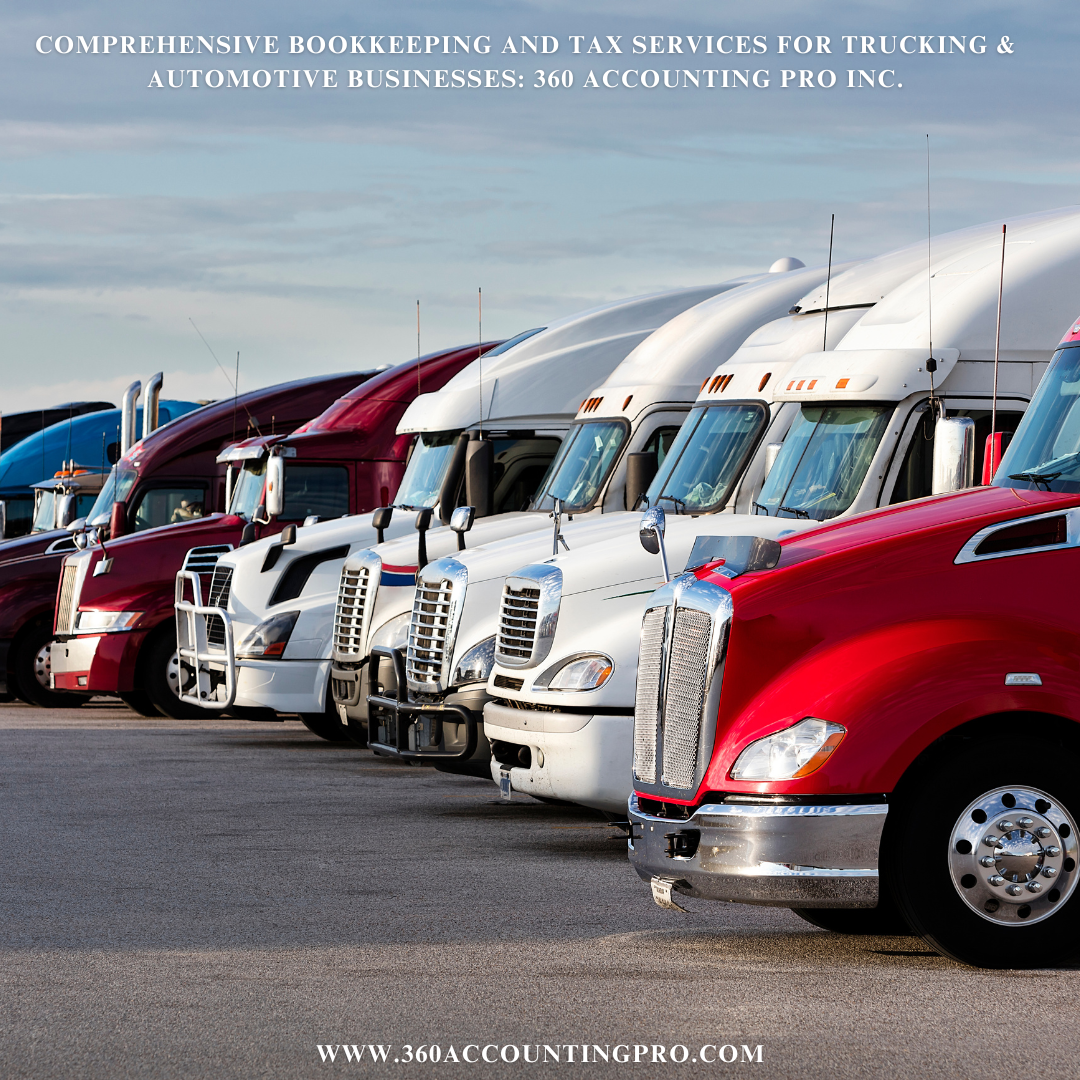


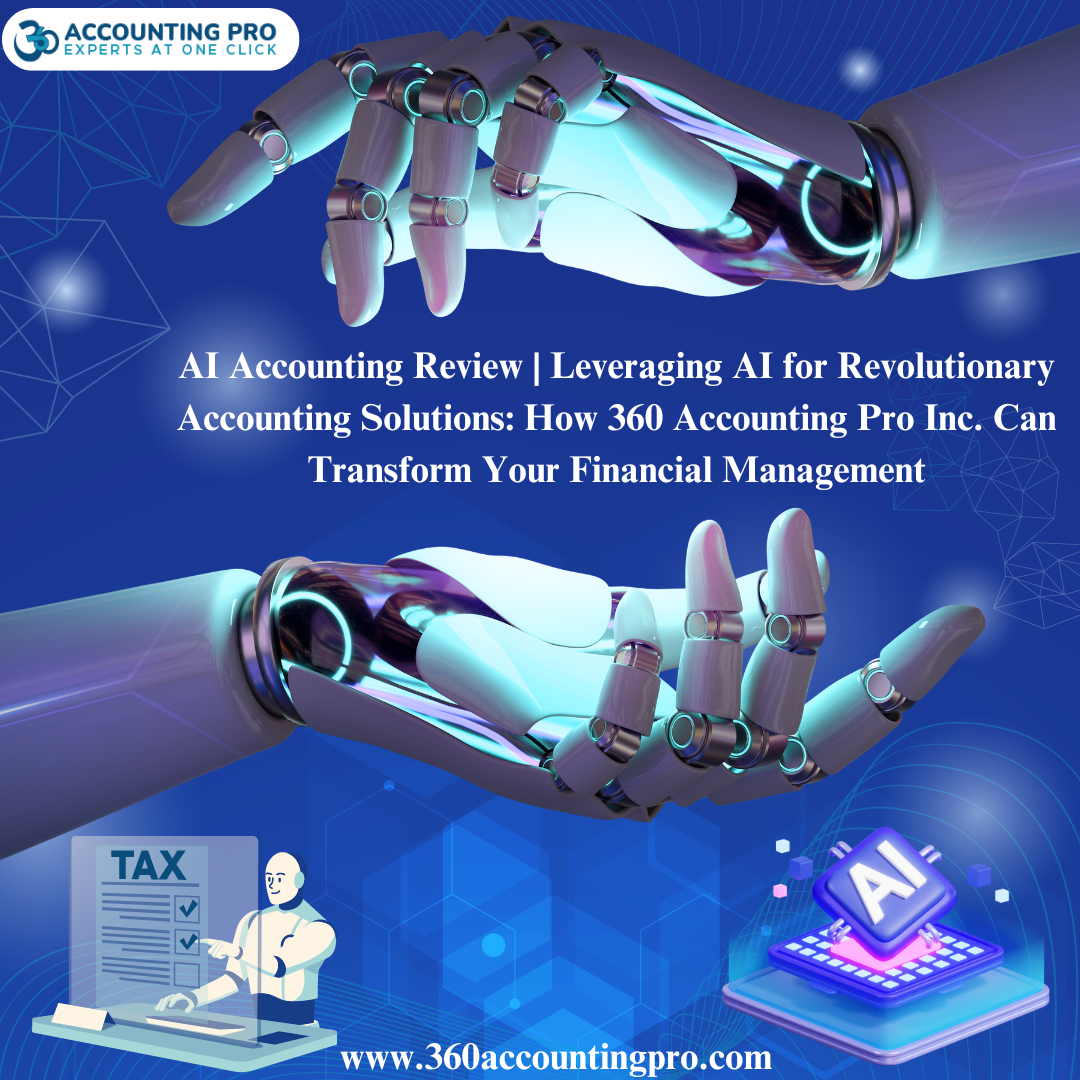
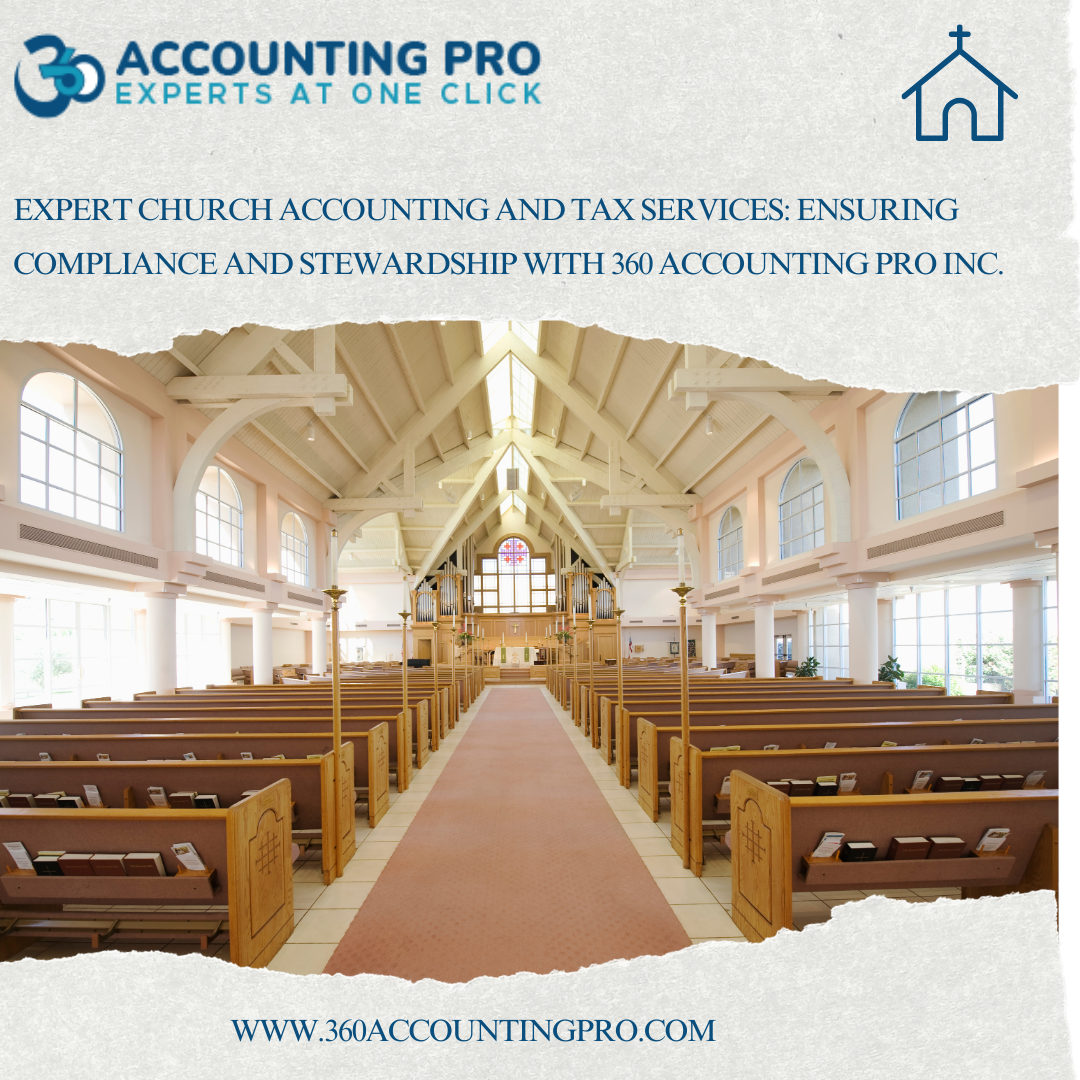
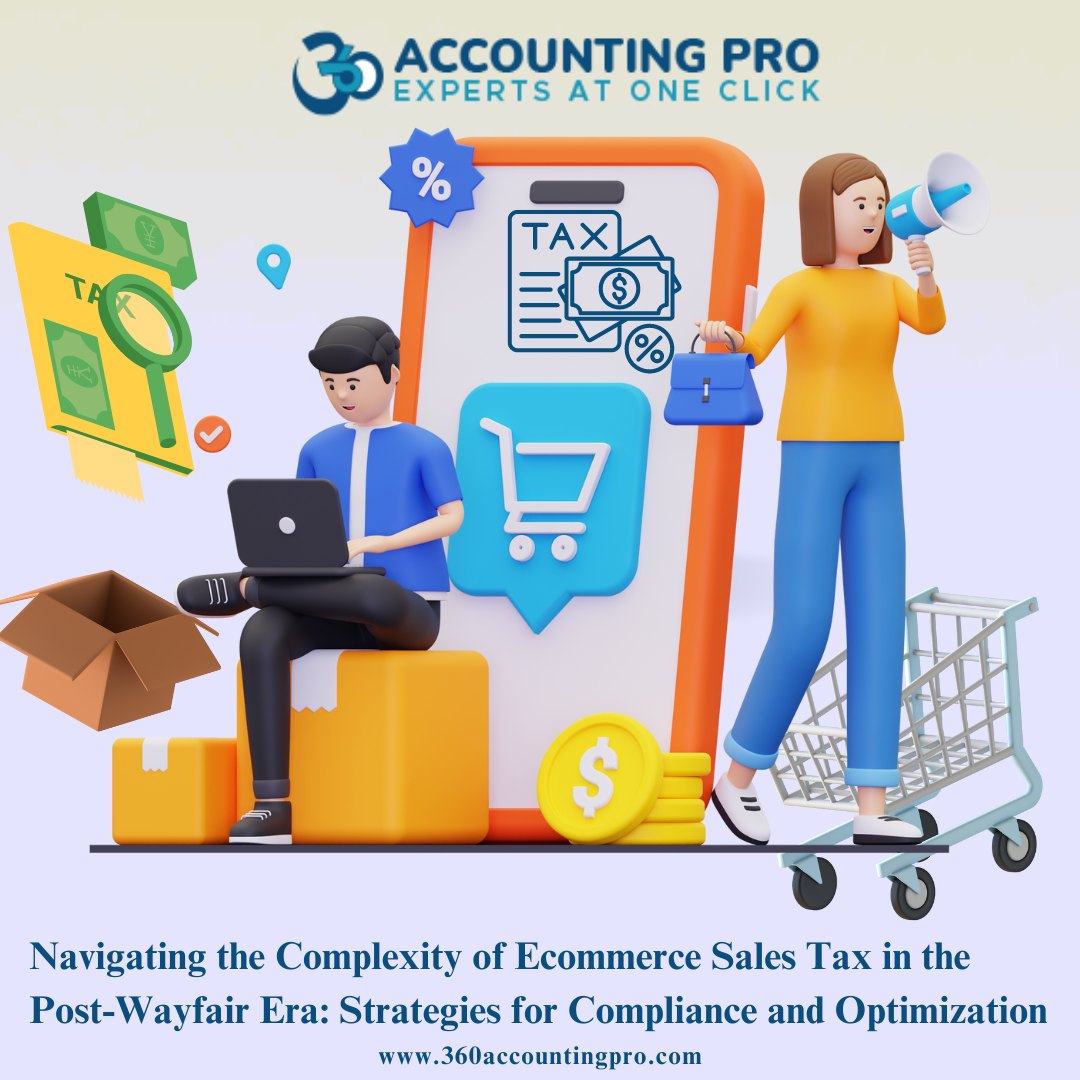



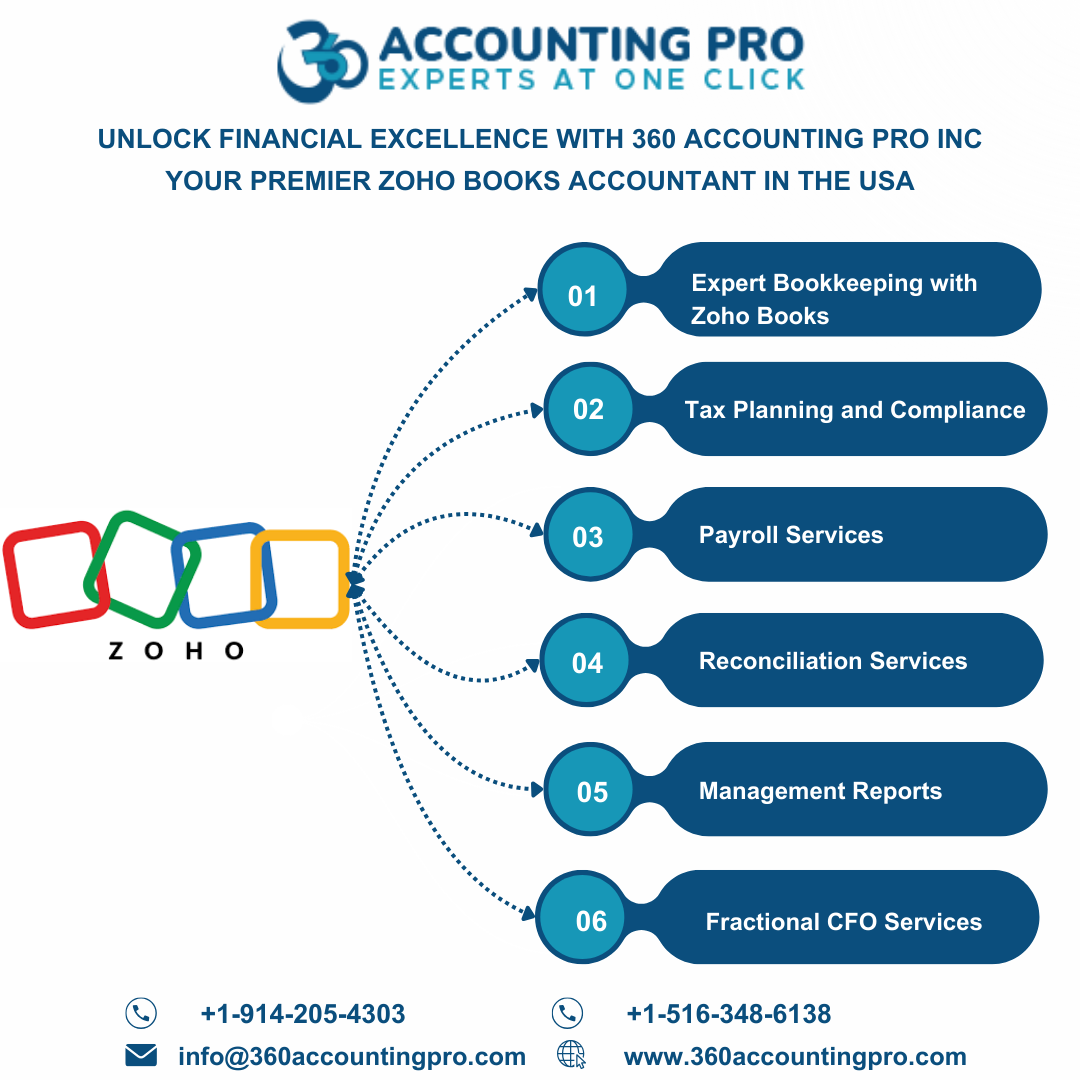

.jpg)
.jpg)
.jpg)
.jpg)


).jpg)


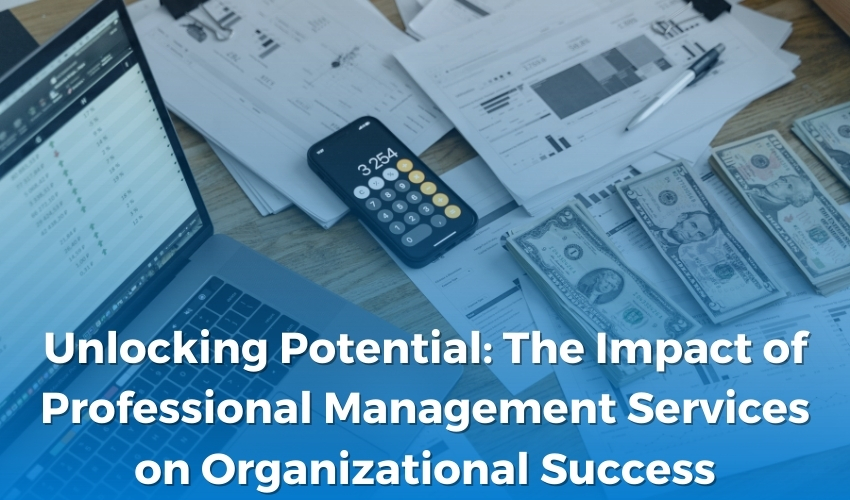
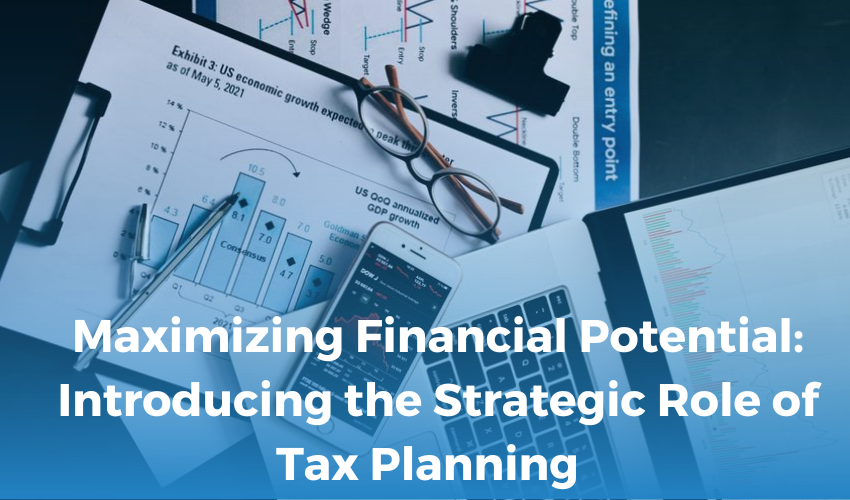
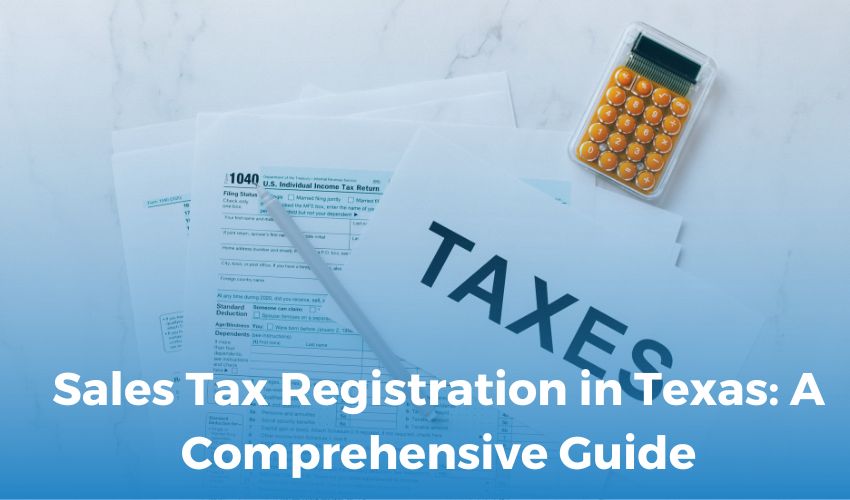
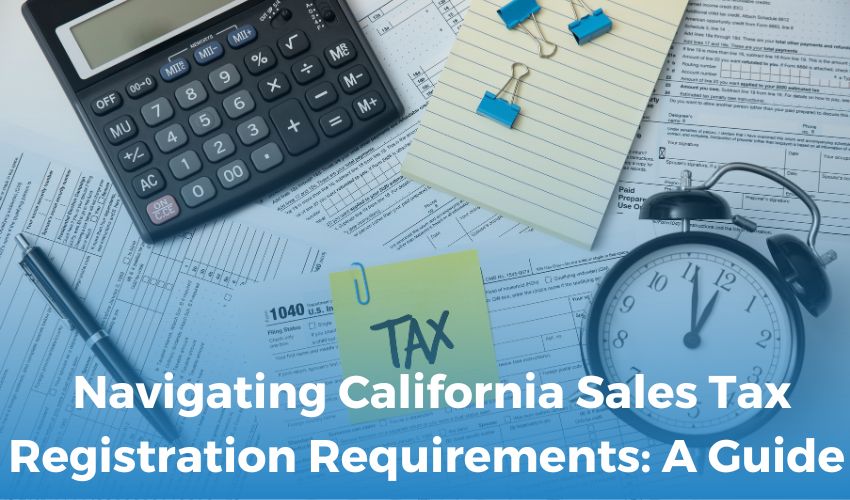
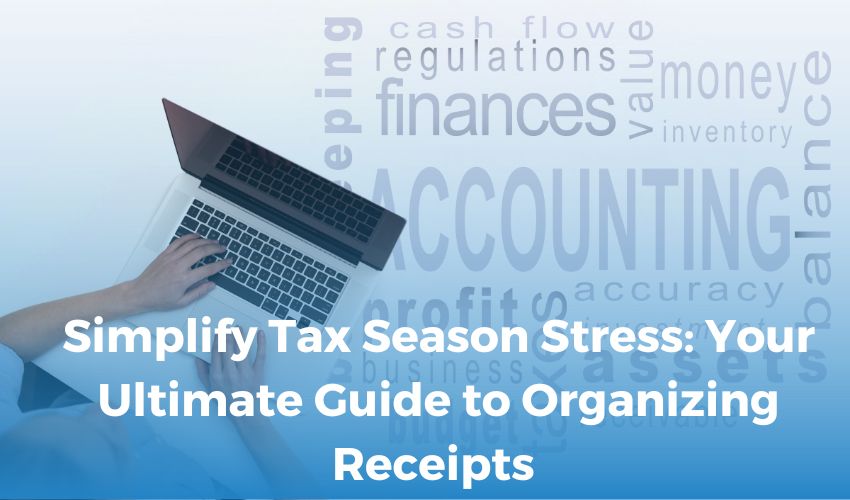
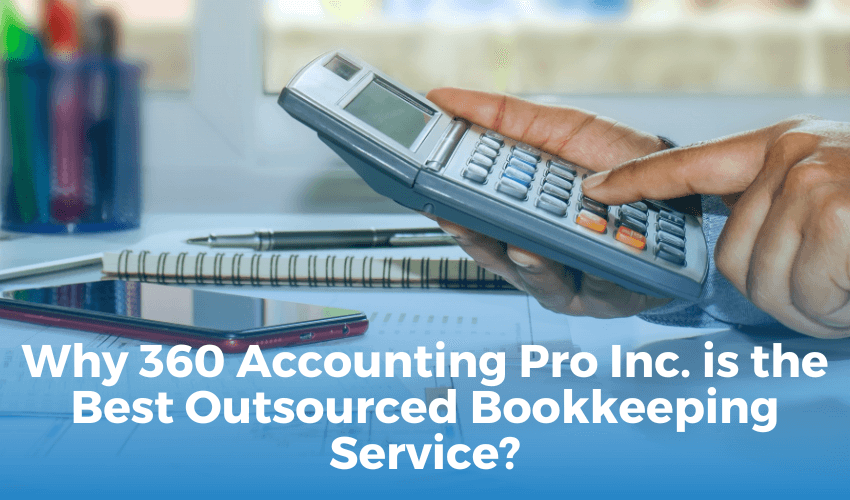
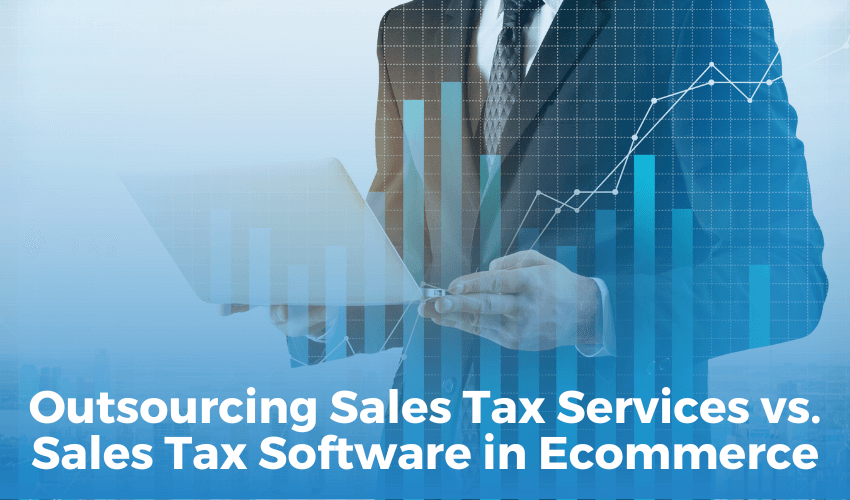


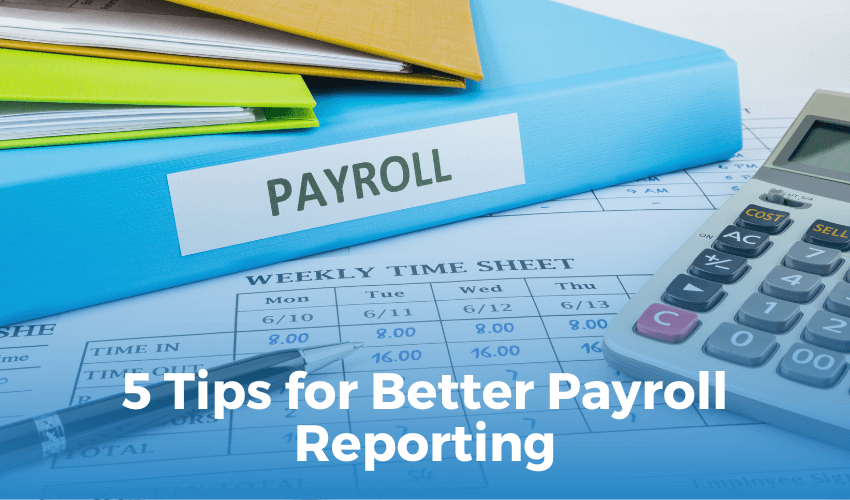
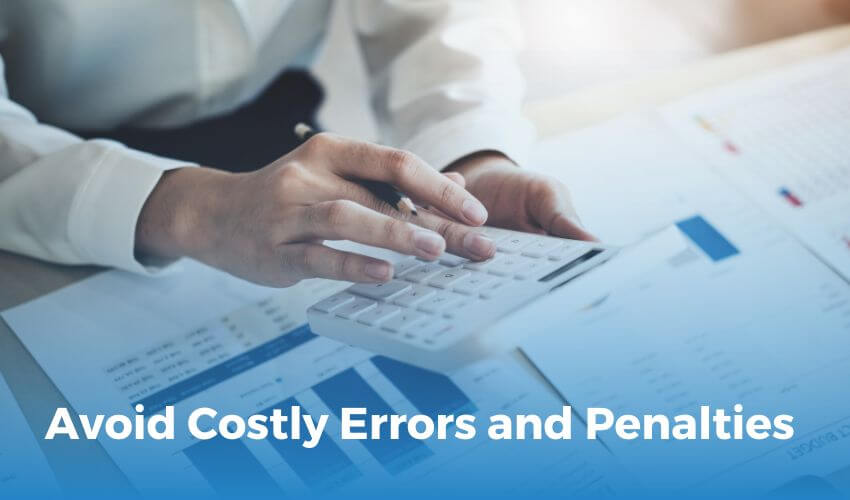

 Get A Quote
Get A Quote
Leave A Comment